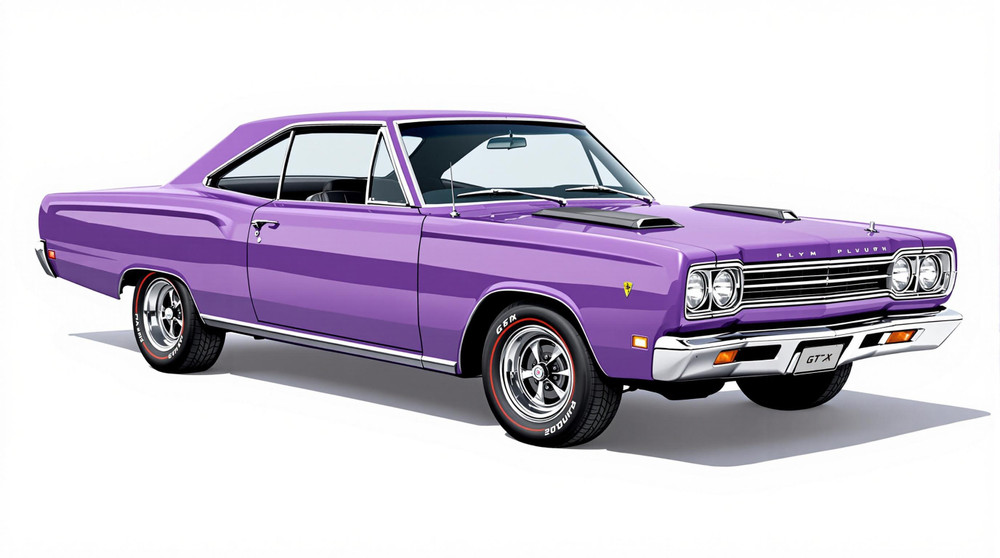Image of 1968 Plymouth Gtx, Note: These illustrations use artistic license and may differ from actual historical models.
Performance Metrics
Fundamental Metrics
Emotional Appeal
MMP Rating
| Engine Specifications | |
|---|---|
| Engine: | 440 cu in (7.2 L) V8, 426 cu in (7.0 L) Hemi V8 |
| Displacement: | 426-440 cu in |
| Horsepower: | 375-425 hp |
| Torque: | 480-490 lb-ft |
| Compression Ratio: | 10.1:1 (440), 10.25:1 (426 Hemi) |
| Ignition System: | Electronic |
| Cooling System: | Liquid-cooled |
| Performance Specifications | |
| 0-60 Time: | 6.5 seconds |
| 1/4 Mile Time: | 14.4 seconds |
| Top Speed: | 125 mph |
| Transmission and Drive | |
| Drive Type: | Rear-wheel drive |
| Transmission Type: | 3-speed automatic, 4-speed manual |
| Fuel and Efficiency | |
| Fuel System Type: | Carburetor |
| MPG: | 10-12 mpg |
| Dimensions and Brakes | |
| Brakes: | Front disc, rear drum |
| Wheelbase: | 116 in |
| Weight: | 3,500 lbs |
Note: Specifications for classic cars are given to the best of our ability, considering the limited and variant data available.
Unleashing the Power of Muscle: The 1968 Plymouth GTX
The year 1968 saw the streets roar to life with the rumble of high-performance engines, and leading the charge was the Plymouth GTX. Born from the fervor of American muscle car culture, this beast was Plymouth's blend of style and performance wrapped in a luxurious package. As a member of the Belvedere line, the '68 GTX offered a refined driving experience without sacrificing the raw power that gearheads craved. A unique fact that sets this vehicle apart is that it was marketed as the "Gentleman's Muscle Car," combining sophistication with sheer strength.
Design and Innovation
The 1968 Plymouth GTX boasted a sleek and aggressive exterior, with clean lines that exuded speed even at a standstill. Its broad grille and twin hood scoops hinted at the power lurking beneath, while the chrome trim added a touch of elegance. Inside, passengers were greeted with high-quality materials, including optional vinyl bucket seats and woodgrain accents that emphasized its upscale aspirations. Technologically, the GTX was ahead of its time, featuring an optional Air Grabber hood that improved engine breathing—a marvel in automotive engineering. Color options ranged from subtle to bold, with hues like "Electric Blue" and "Sunfire Yellow" catching many an eye. The two-door hardtop body style reigned supreme in popularity, offering both beauty and brawn.
Historical Significance
The 1968 GTX set itself apart with its dual personality: luxury coupled with performance. This model helped define what would become a key segment in muscle car history—the luxury muscle car. Its influence can be seen in later models across various brands that sought to replicate its successful formula.
Performance and Handling
Under the hood lay a standard 440 cubic inch Super Commando V8 engine, propelling the GTX to 60 mph in just over 6 seconds—a remarkable feat for its era. For those craving more, the legendary 426 Hemi was an option, further cementing this car's status among muscle car royalty. On the road, the GTX handled admirably for its size, absorbing bumps yet remaining composed through turns. The symphony of its exhaust note under acceleration was music to any enthusiast's ears, while the solid feel of its construction gave drivers confidence behind the wheel.
Ownership Experience
The 1968 Plymouth GTX found its place as both a daily driver for those who appreciated its refinement and as a weekend warrior on drag strips across America. Maintenance was straightforward for those familiar with Mopar products, though some components specific to high-performance models could be rarer and more expensive to source.
Fun Facts
A rare edition to look out for is the Hemi-powered GTX; only about 450 were produced in '68. Celebrity connections include Jay Leno, known for his extensive car collection, owning one. While some critics pointed out its heftier price tag compared to more spartan muscle cars, few could deny the appeal of its combination of luxury and power.
Collector's Information
Today's collector market values a well-maintained '68 GTX quite highly. With estimates suggesting fewer than 18,000 units were produced (including both engine options), rarity adds to their desirability. Prices can vary widely based on condition and originality but expect figures north of $40,000 for a standard model in good condition, with Hemi versions commanding significantly more—sometimes upwards of $100,000 or more depending on provenance and authenticity. Price trends have generally seen appreciation over time as classic muscle cars remain sought after by collectors and enthusiasts alike.
Conclusion
The 1968 Plymouth GTX stands as a testament to an era when horsepower reigned supreme and luxury didn't mean sacrificing performance. It bridged worlds in a way few cars of its time could—captivating both those who desired comfort and those who demanded power. As we look back on this iconic vehicle, it's clear that it not only captured the spirit of its age but continues to ignite passion among collectors today.
1968 Plymouth Gtx Catalog of Parts
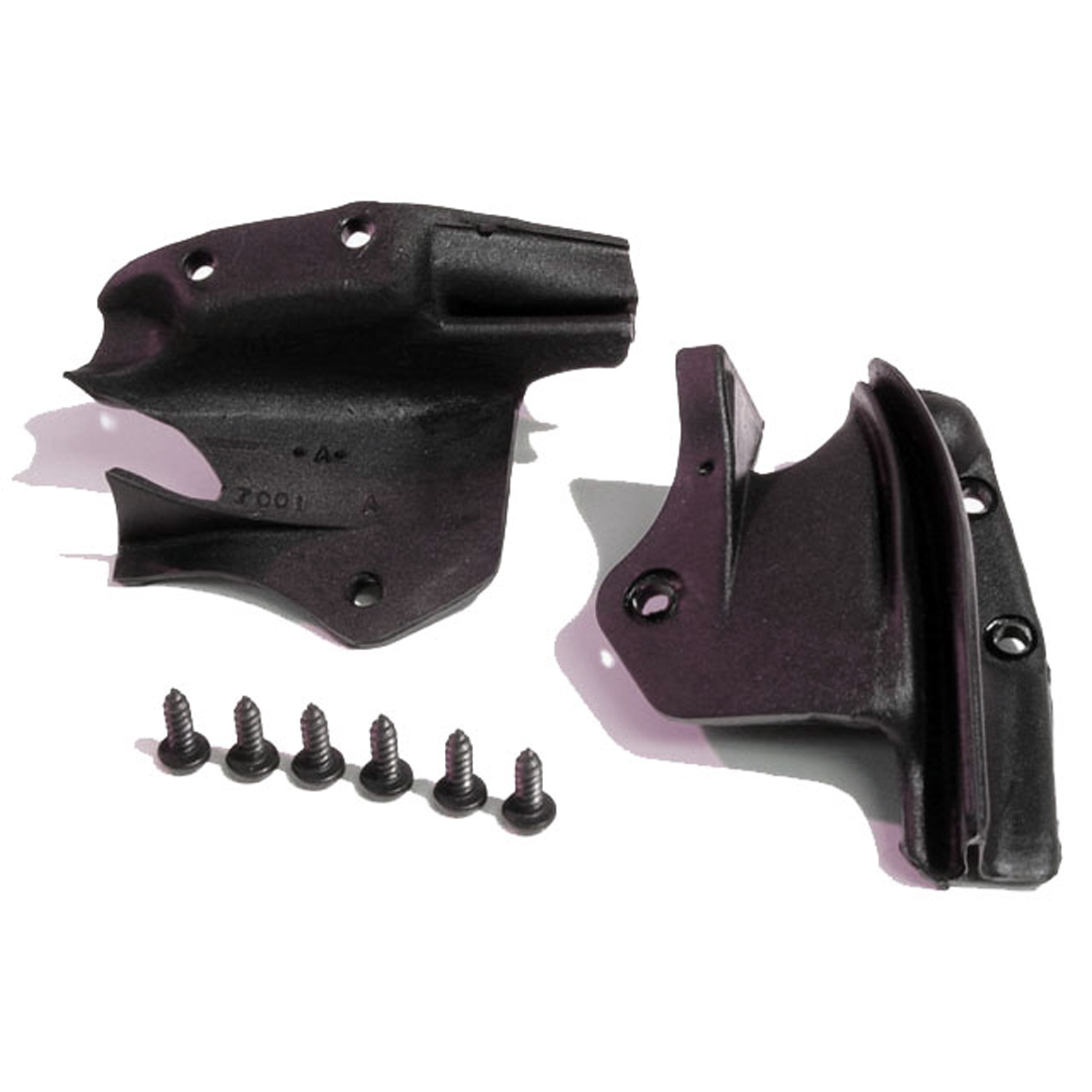 1968 Plymouth GTX Molded Door End Seal. Made with steel cores. Pair R&L-ALP 7001Molded Door End Seal. Made with steel cores. Pair R&L
1968 Plymouth GTX Molded Door End Seal. Made with steel cores. Pair R&L-ALP 7001Molded Door End Seal. Made with steel cores. Pair R&L 1968 Plymouth GTX Molded Door Lock Pillar Seal. Made with steel core-ALP 7002Molded Door Lock Pillar Seal. Made with steel core. Pair R&L
1968 Plymouth GTX Molded Door Lock Pillar Seal. Made with steel core-ALP 7002Molded Door Lock Pillar Seal. Made with steel core. Pair R&L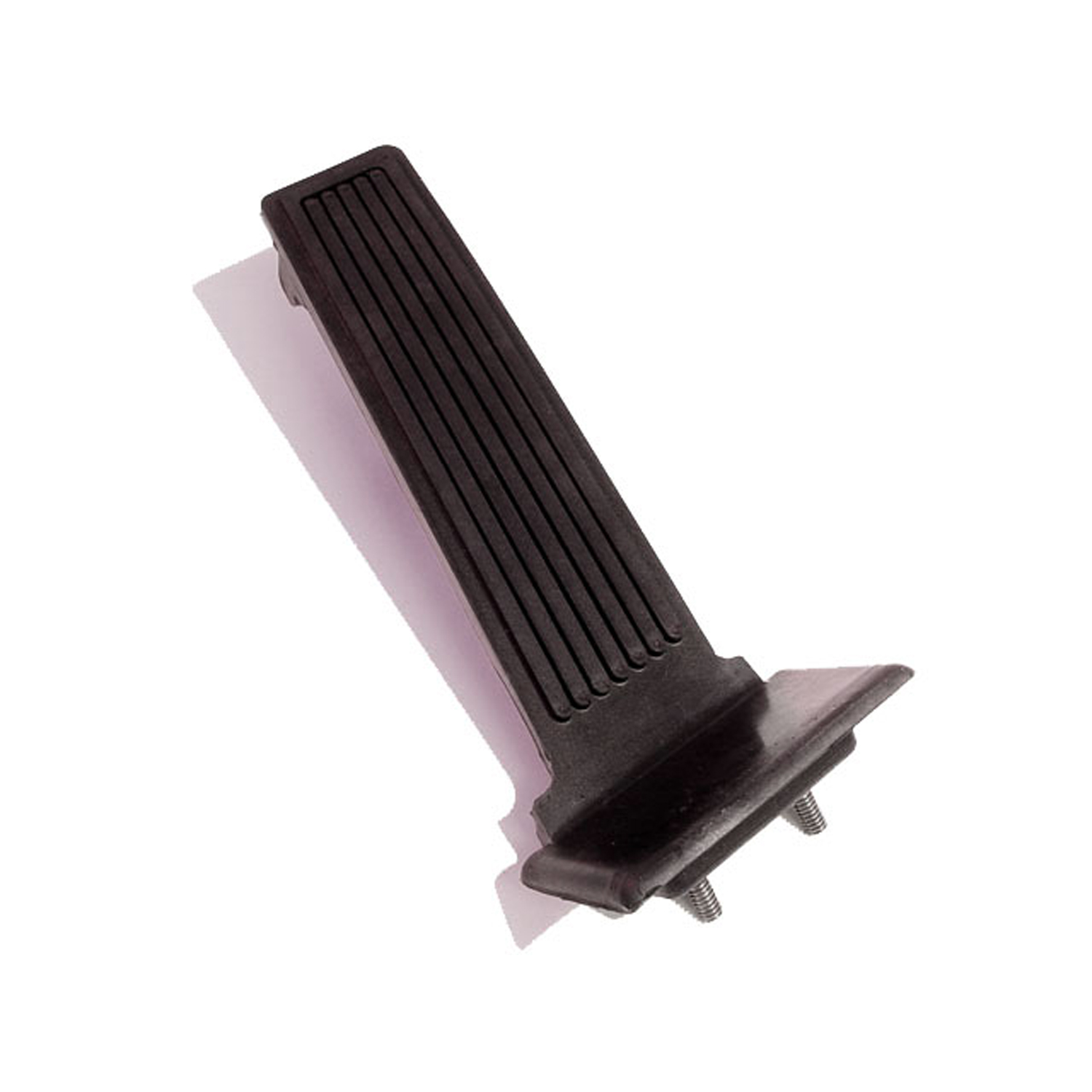 1968 Plymouth GTX Accelerator Pedal Pad. Made with steel cores and studs-AP 25-CAccelerator Pedal Pad. Made with steel cores and studs. Detailed reproduction. 2-1/4" X 9-1/4". Each
1968 Plymouth GTX Accelerator Pedal Pad. Made with steel cores and studs-AP 25-CAccelerator Pedal Pad. Made with steel cores and studs. Detailed reproduction. 2-1/4" X 9-1/4". Each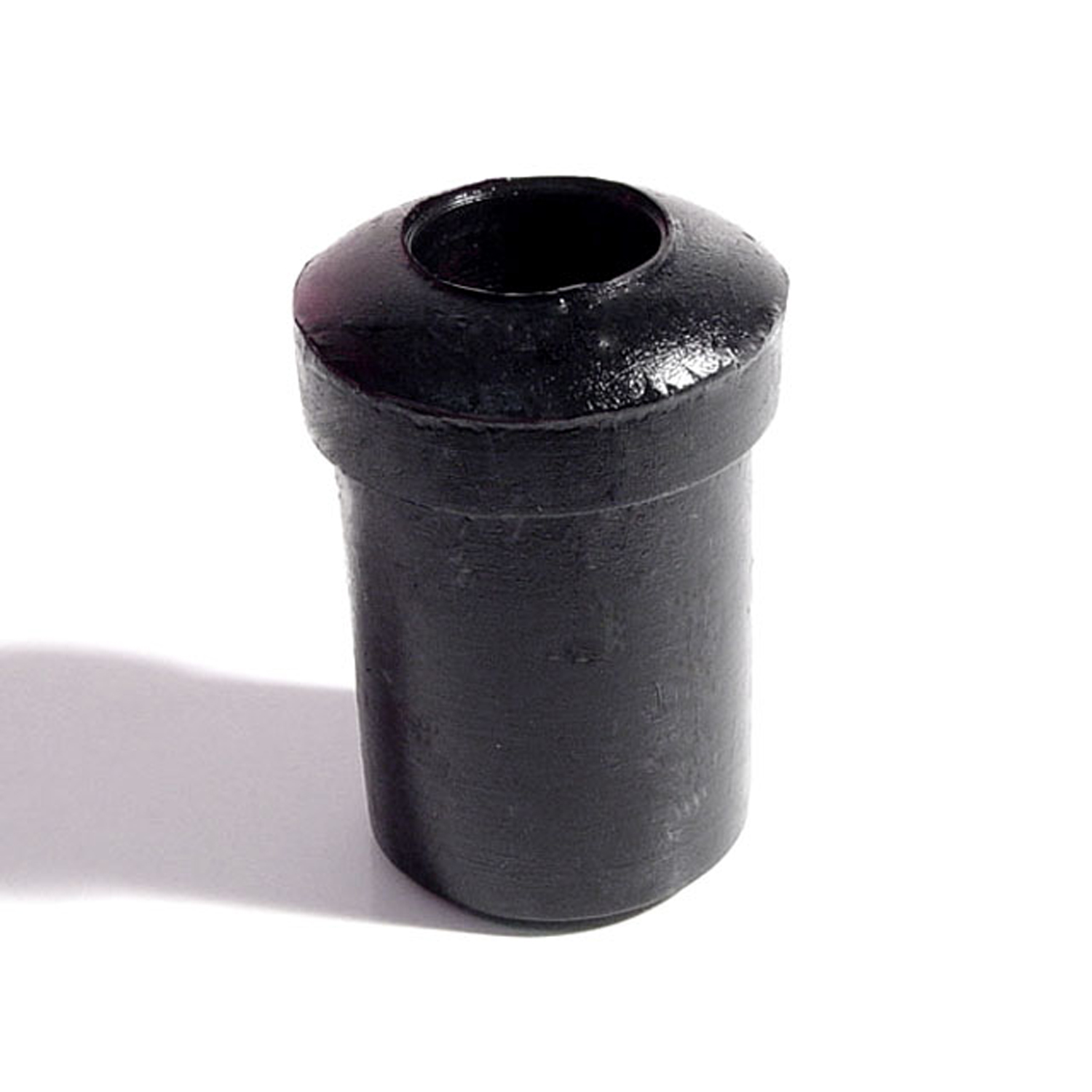 1968 Plymouth GTX Spring and Shackle Bushing. 1" bottom O.D-BN 20Spring and Shackle Bushing. 1" bottom O.D. X 1-5/8" high, with 9/16" I.D. Each
1968 Plymouth GTX Spring and Shackle Bushing. 1" bottom O.D-BN 20Spring and Shackle Bushing. 1" bottom O.D. X 1-5/8" high, with 9/16" I.D. Each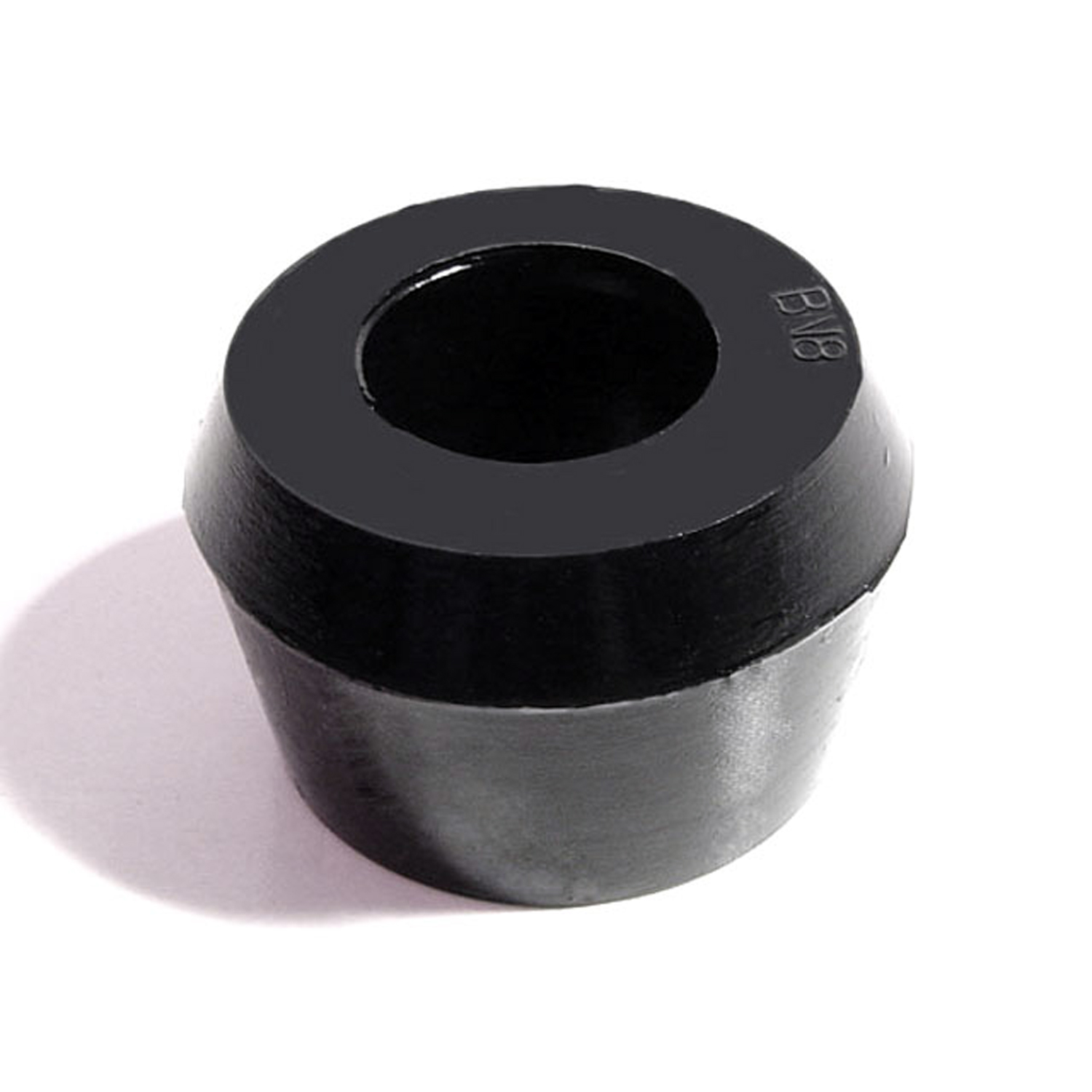 1968 Plymouth GTX Shock Absorber Grommet. 1-1/4" bottom O.D-BN 8Shock Absorber Grommet. 1-1/4" bottom O.D., 1" high, with 3/4" I.D. Each
1968 Plymouth GTX Shock Absorber Grommet. 1-1/4" bottom O.D-BN 8Shock Absorber Grommet. 1-1/4" bottom O.D., 1" high, with 3/4" I.D. Each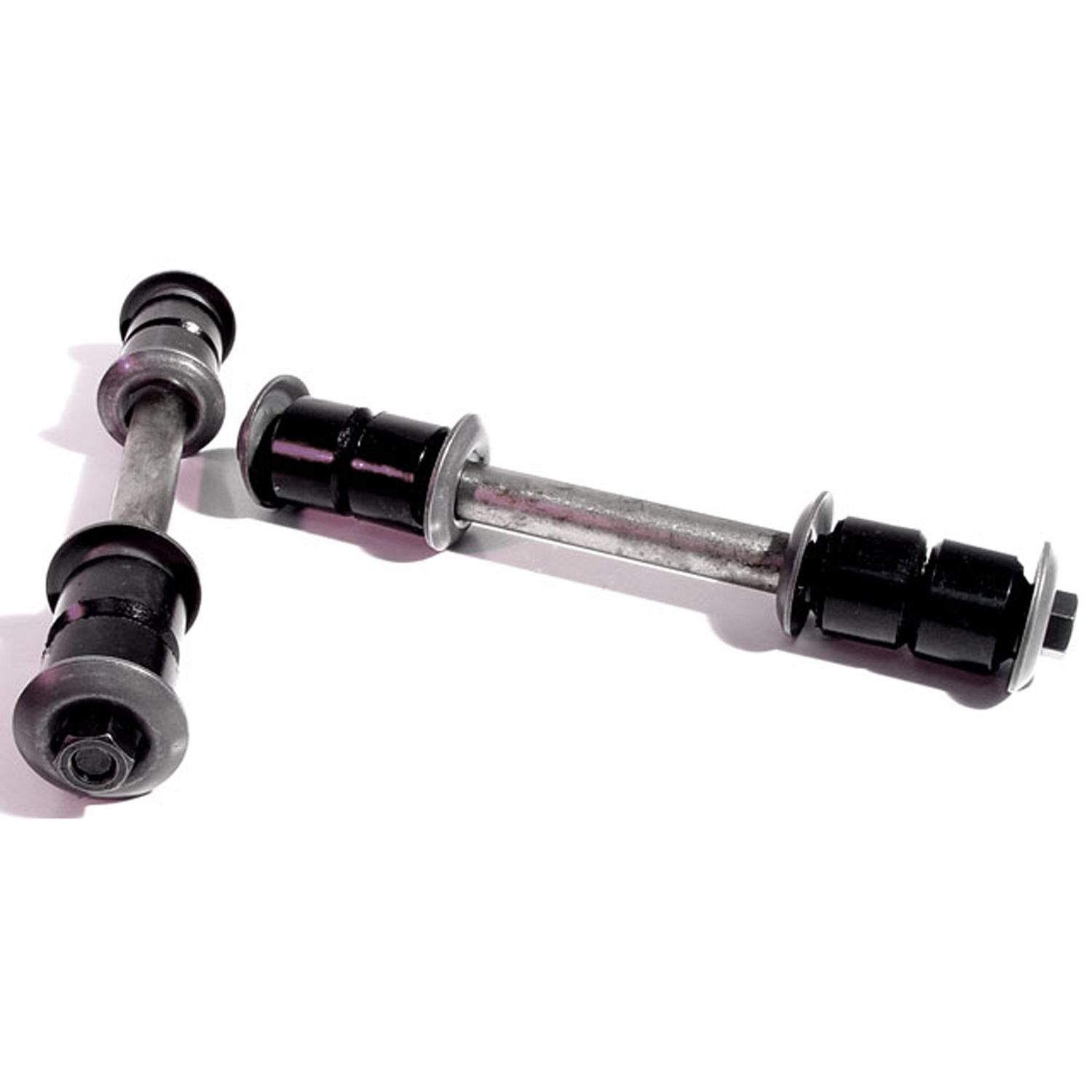 1968 Plymouth GTX Front Stabilizer End Repair Kit-BNK 21Front Stabilizer End Repair Kit. 22-piece set for two stabilizer bars. Contains all rubber bushings, washers, bolts and nuts, enough for one front end. Set
1968 Plymouth GTX Front Stabilizer End Repair Kit-BNK 21Front Stabilizer End Repair Kit. 22-piece set for two stabilizer bars. Contains all rubber bushings, washers, bolts and nuts, enough for one front end. Set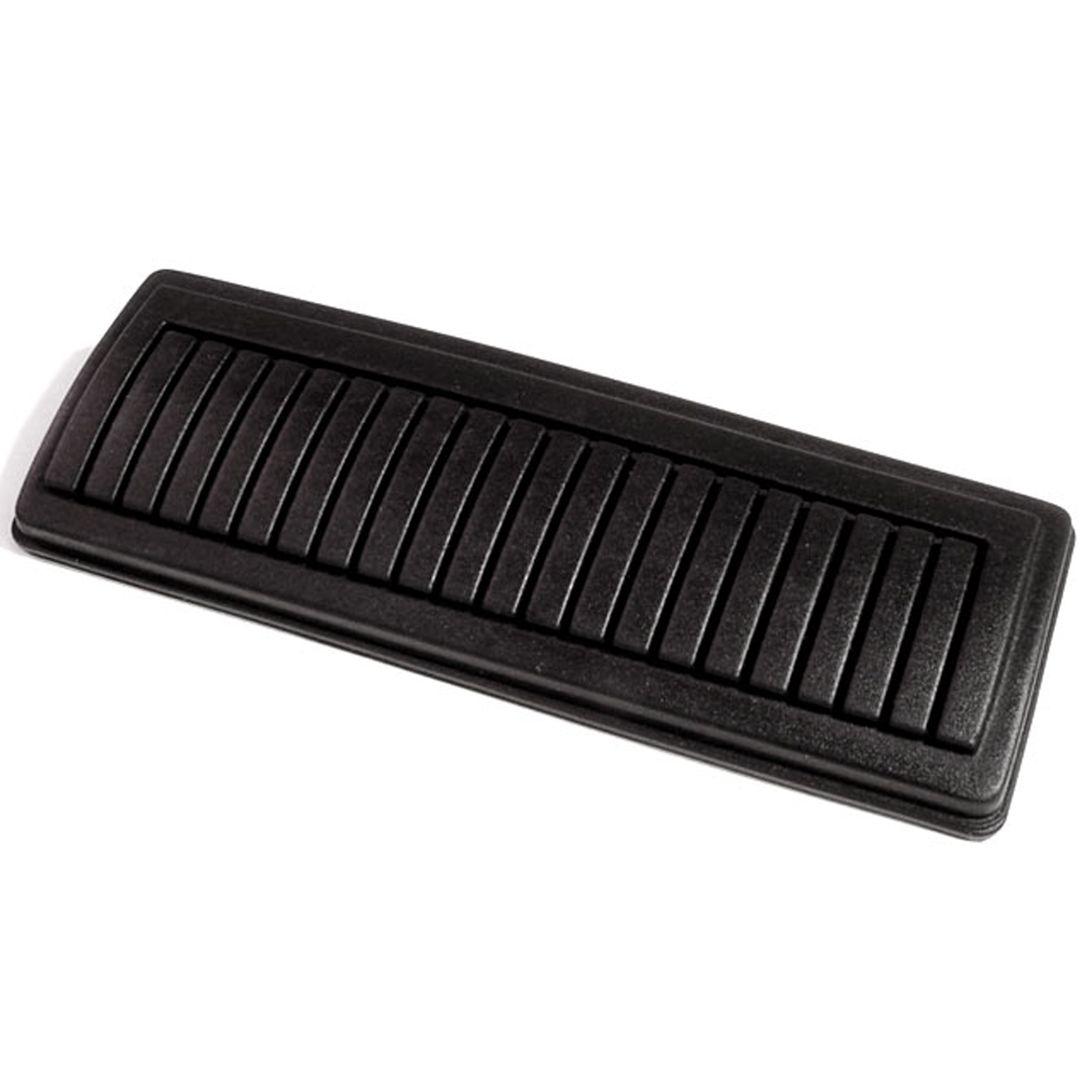 1968 Plymouth GTX Brake Pedal Pad, for models with automatic transmission-CB 200Brake Pedal Pad, for models with automatic transmission. 6-1/2" wide X 2-3/8" long. Each
1968 Plymouth GTX Brake Pedal Pad, for models with automatic transmission-CB 200Brake Pedal Pad, for models with automatic transmission. 6-1/2" wide X 2-3/8" long. Each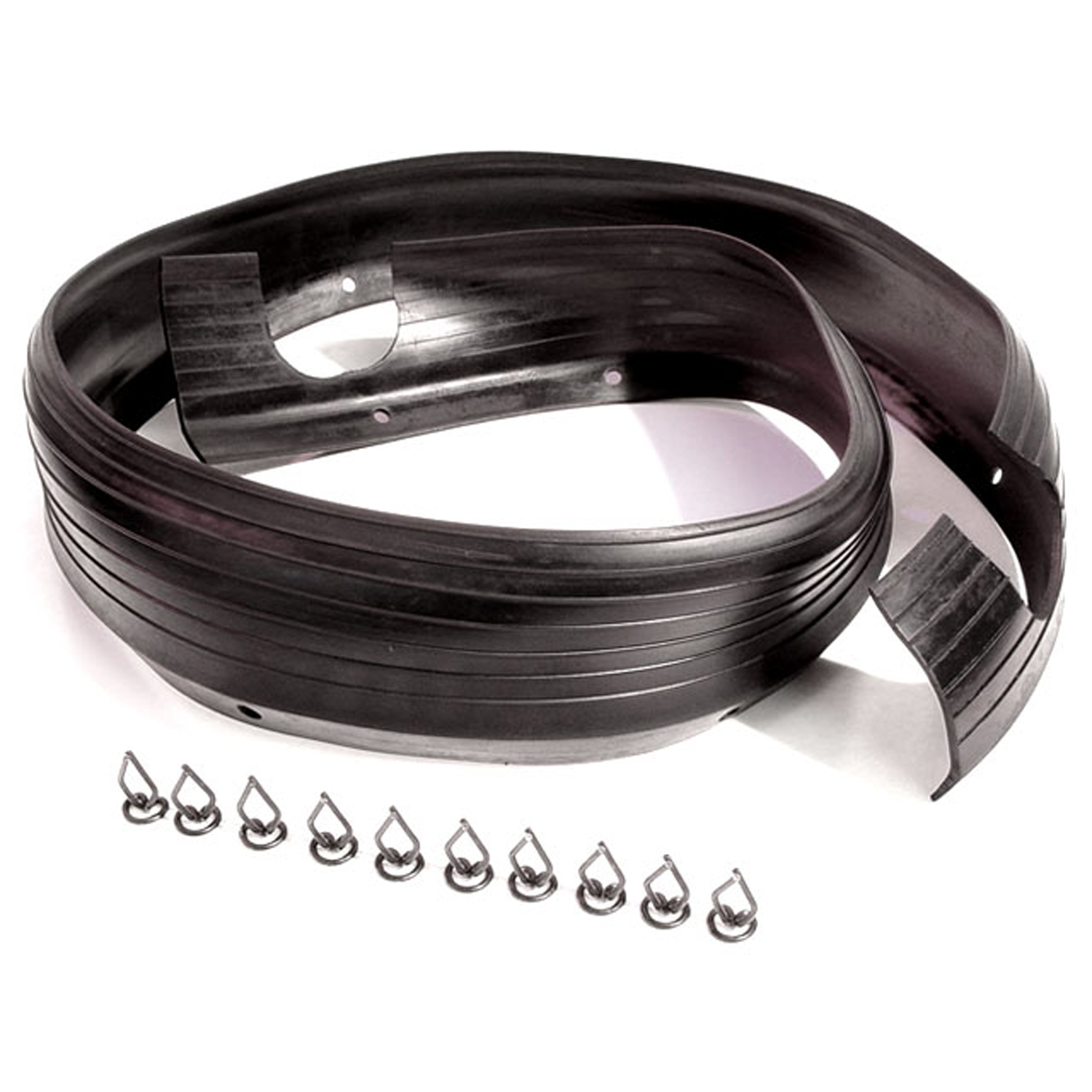 1968 Plymouth GTX Hood to Radiator Support Seal. 52" long. Each-CS 20Hood to Radiator Support Seal. 52" long. Each
1968 Plymouth GTX Hood to Radiator Support Seal. 52" long. Each-CS 20Hood to Radiator Support Seal. 52" long. Each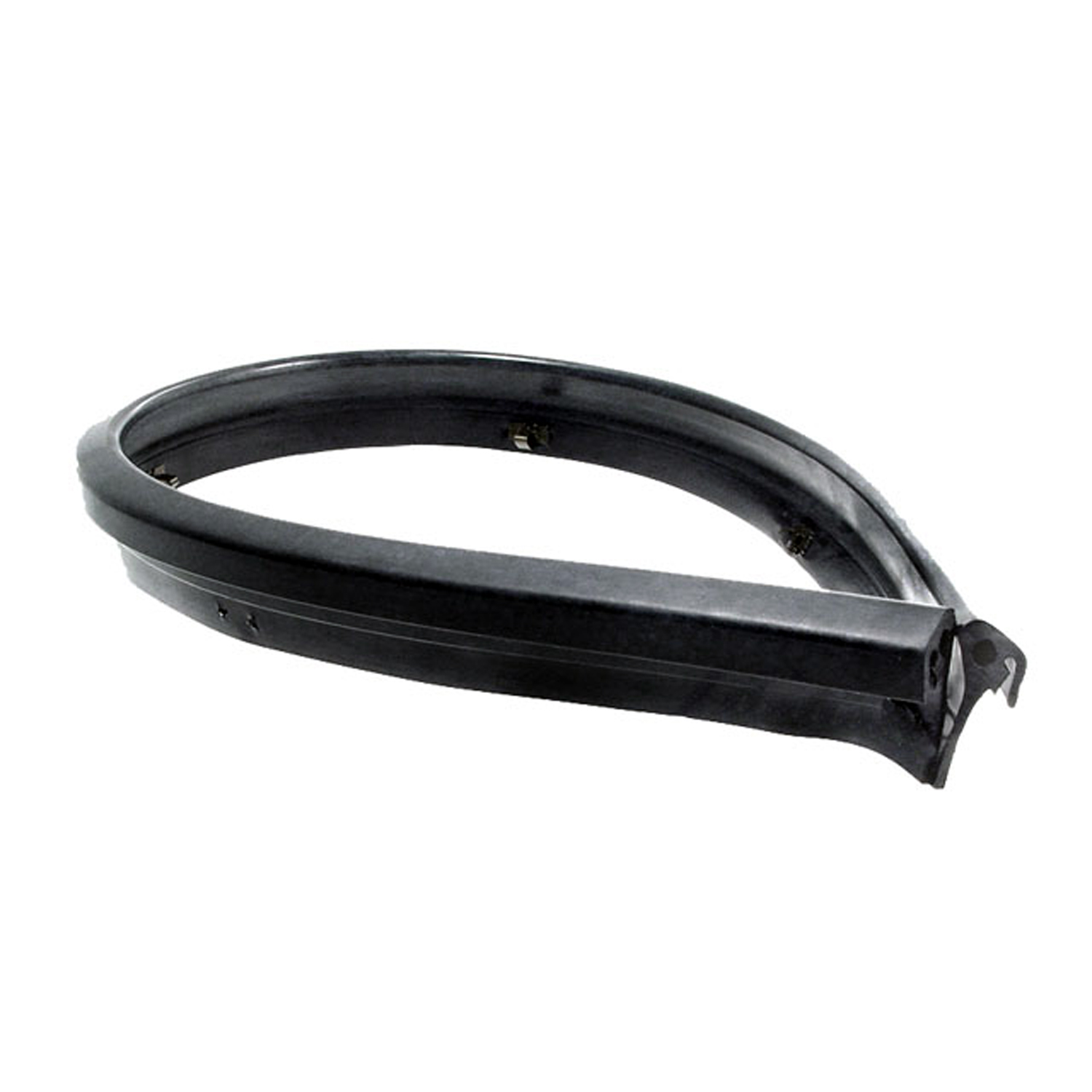 1968 Plymouth GTX Hood to Cowl Seal, 35" Long. Each-CS 20-XHood to Cowl Seal, 35" Long. Each
1968 Plymouth GTX Hood to Cowl Seal, 35" Long. Each-CS 20-XHood to Cowl Seal, 35" Long. Each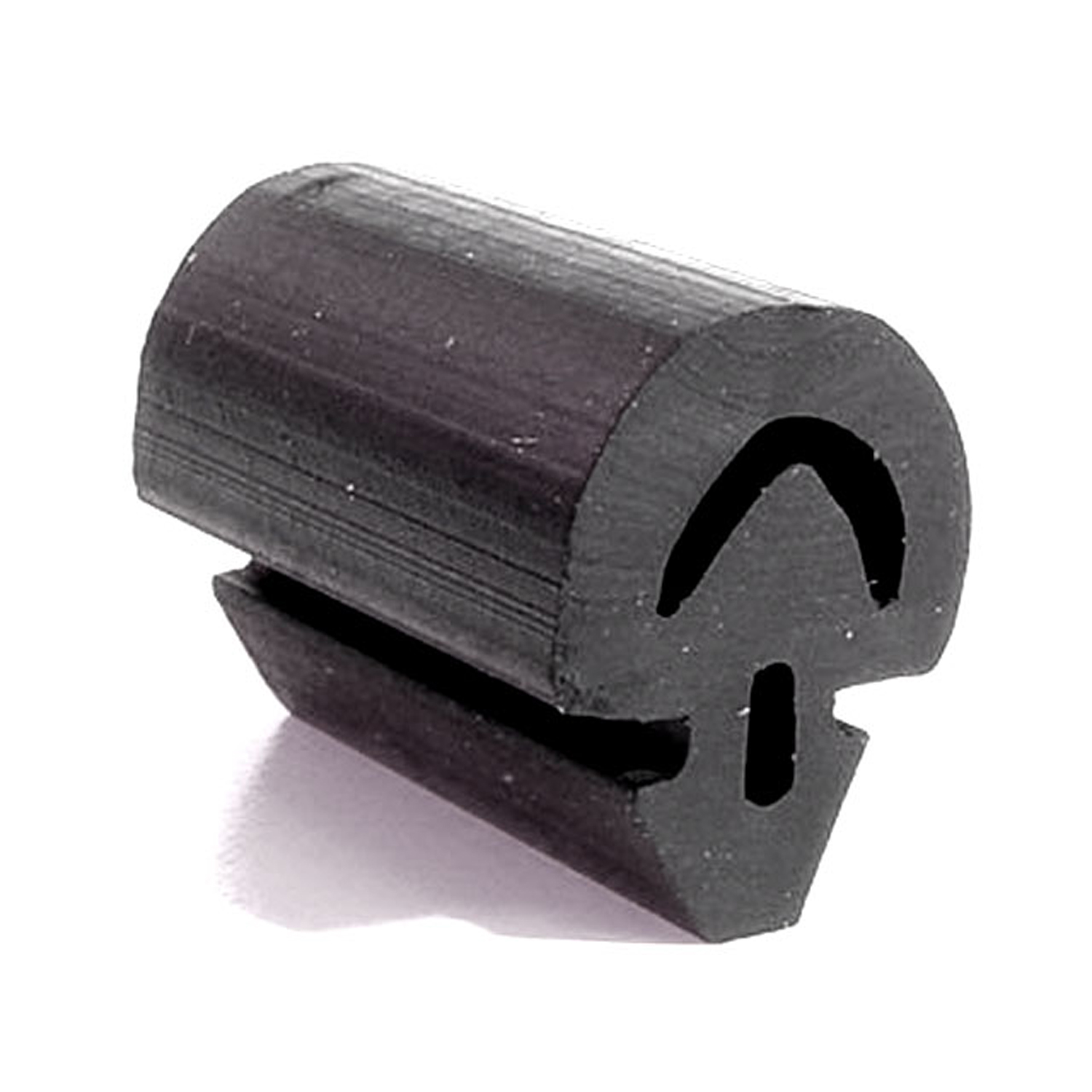 1968 Plymouth GTX Door Bumper. 3/4" high X 1/2" wide X 1" long-DB 50Door Bumper. 3/4" high X 1/2" wide X 1" long. Four used per car. Each
1968 Plymouth GTX Door Bumper. 3/4" high X 1/2" wide X 1" long-DB 50Door Bumper. 3/4" high X 1/2" wide X 1" long. Four used per car. Each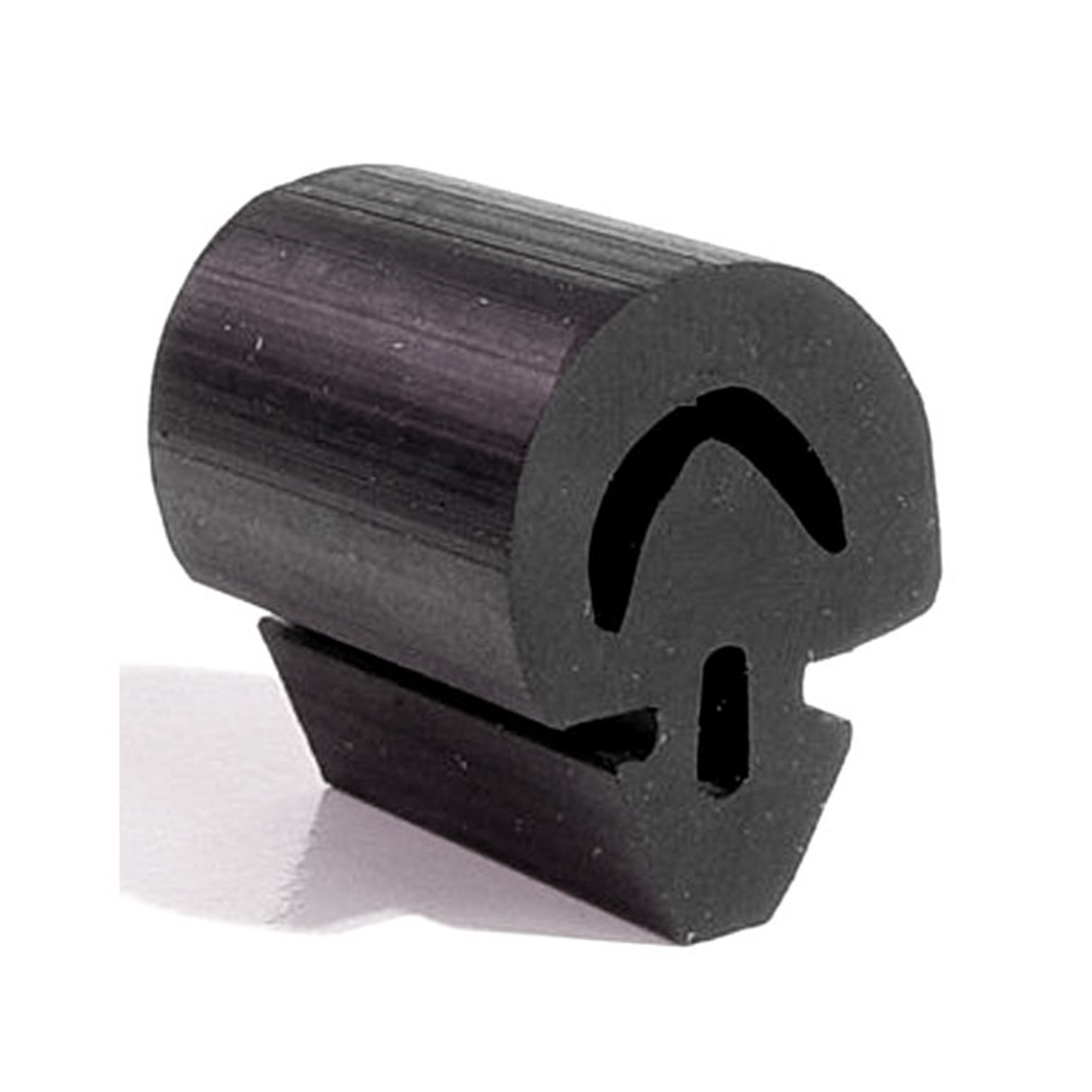 1968 Plymouth GTX Door Bumper. 3/4" high X 1/2" wide X 5/8" long-DB 50-MDoor Bumper. 3/4" high X 1/2" wide X 5/8" long. Four used per car. Each
1968 Plymouth GTX Door Bumper. 3/4" high X 1/2" wide X 5/8" long-DB 50-MDoor Bumper. 3/4" high X 1/2" wide X 5/8" long. Four used per car. Each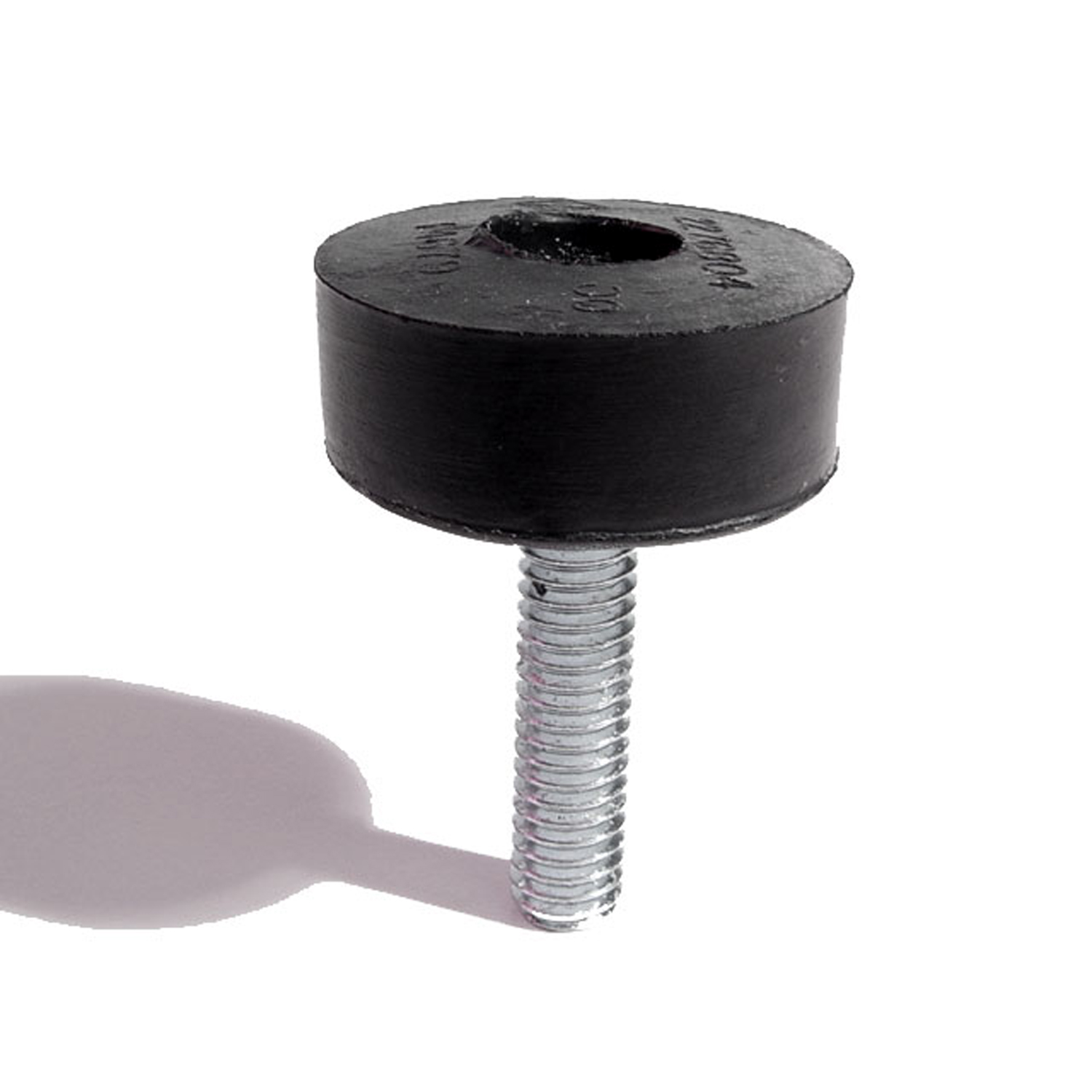 1968 Plymouth GTX Hood Adjustment Bolt and Bumper-HA 8Hood Adjustment Bolt and Bumper. 1-3/16" diameter rubber head. 5/16" thick X 18 threads/inch X 1-1/4" long bolt. Each
1968 Plymouth GTX Hood Adjustment Bolt and Bumper-HA 8Hood Adjustment Bolt and Bumper. 1-3/16" diameter rubber head. 5/16" thick X 18 threads/inch X 1-1/4" long bolt. Each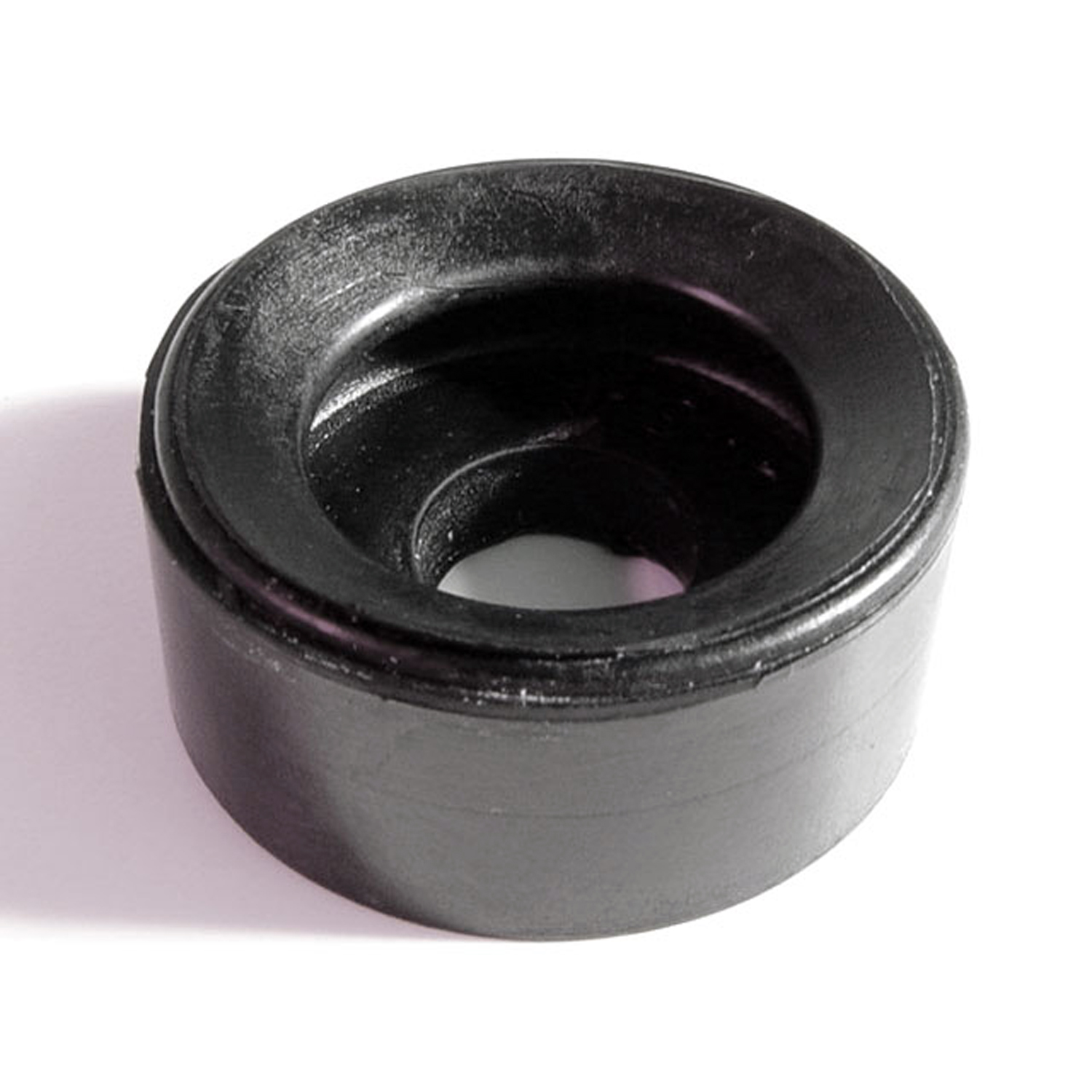 1968 Plymouth GTX Hood Adjustment Bumper. 1-1/4" O.D-HA 8-AHood Adjustment Bumper. 1-1/4" O.D., 3/4" large hole, 7/16" small hole, 1/2" thick. Each
1968 Plymouth GTX Hood Adjustment Bumper. 1-1/4" O.D-HA 8-AHood Adjustment Bumper. 1-1/4" O.D., 3/4" large hole, 7/16" small hole, 1/2" thick. Each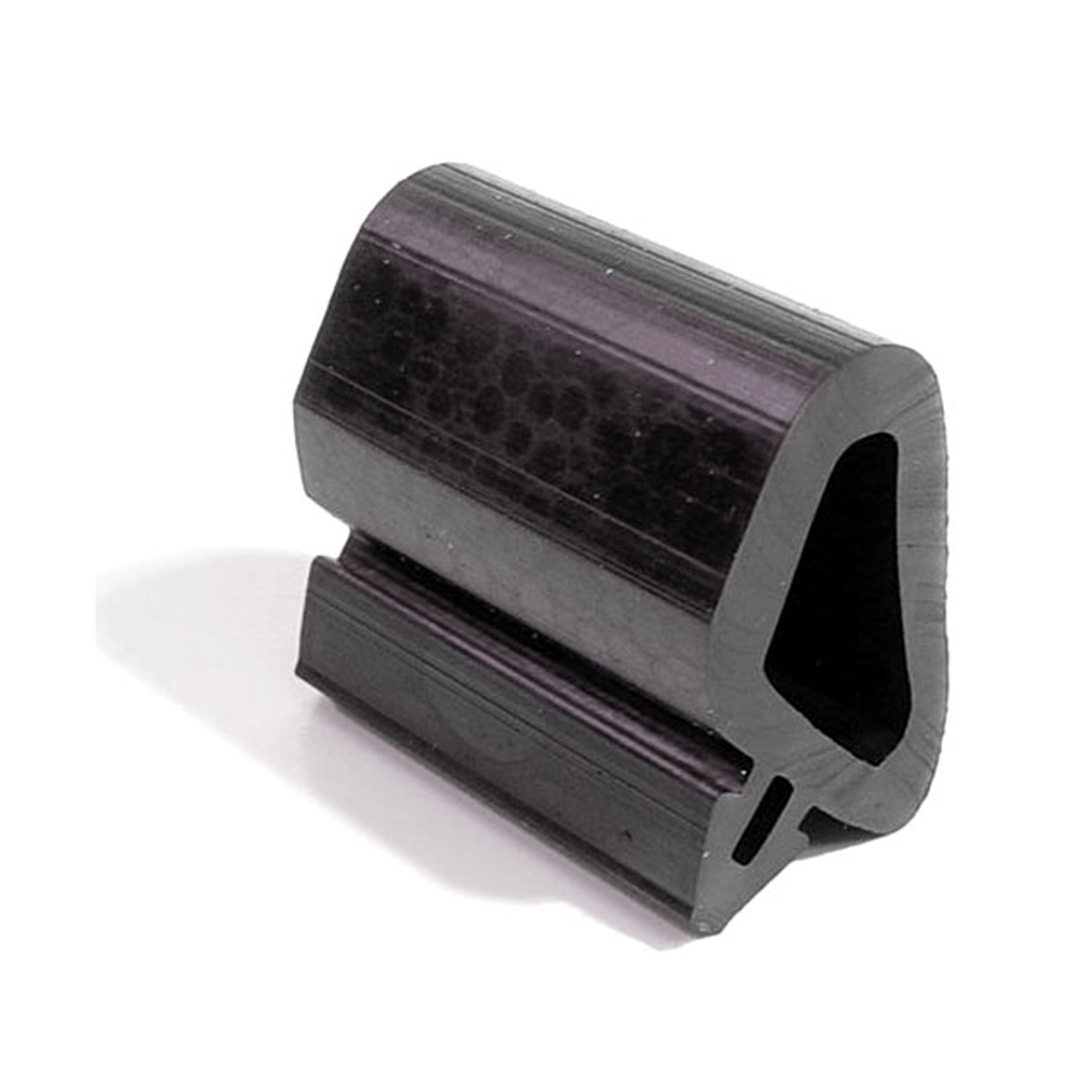 1968 Plymouth GTX Hood Side Bumper. Four used per car. Each-HF 19Hood Side Bumper. Measures 0.91" wide x 1.00" tall x 1.043" deep. Four used per car. Each
1968 Plymouth GTX Hood Side Bumper. Four used per car. Each-HF 19Hood Side Bumper. Measures 0.91" wide x 1.00" tall x 1.043" deep. Four used per car. Each 1968 Plymouth GTX Trunk Bumper. Each-HF 62Trunk Bumper. Each
1968 Plymouth GTX Trunk Bumper. Each-HF 62Trunk Bumper. Each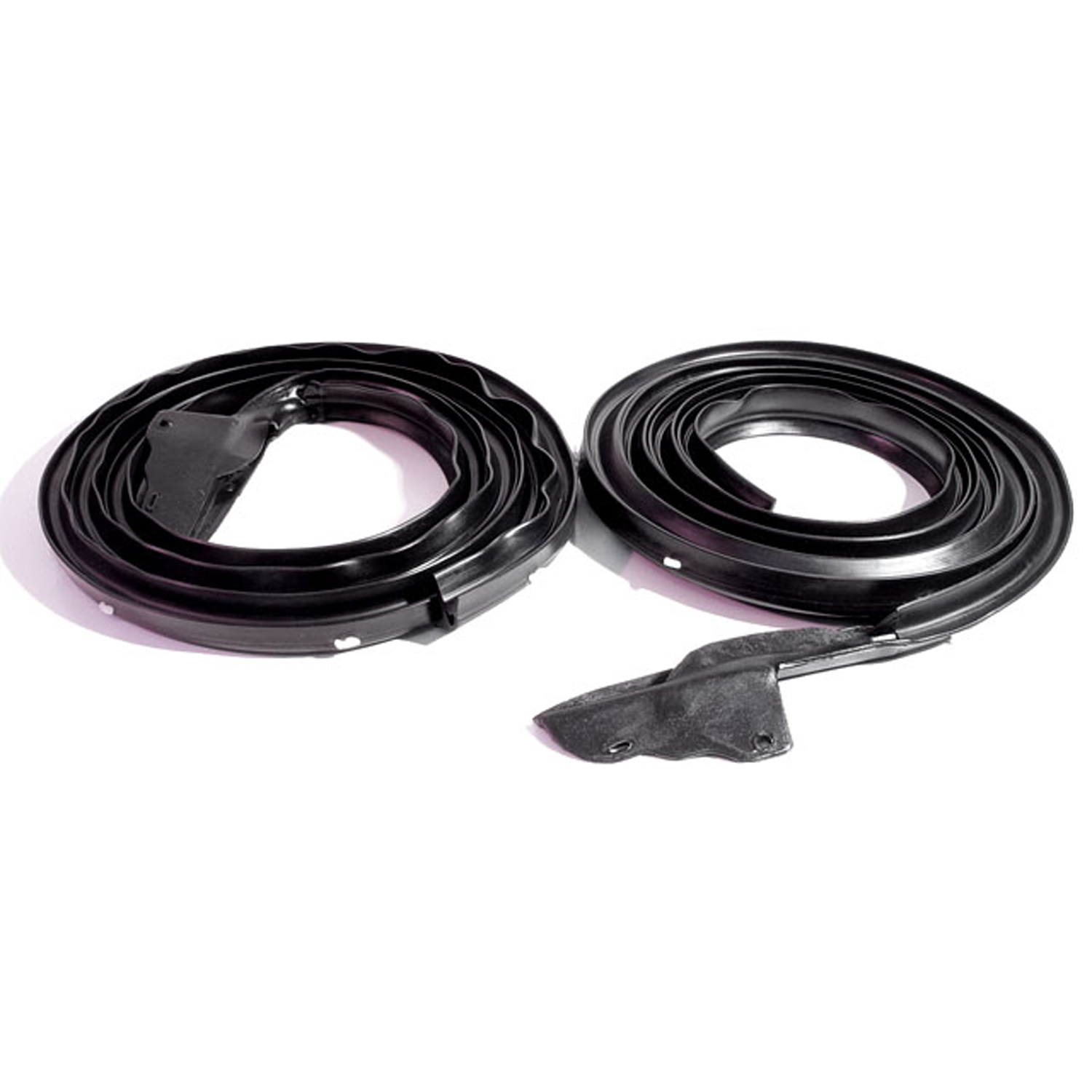 1968 Plymouth GTX Molded Door Seals with Steel Core and White Clips-LM 23Molded Door Seals with Steel Core and White Clips. For 2-door hardtop. Replaces OEM #2860400/1. Pair R&L
1968 Plymouth GTX Molded Door Seals with Steel Core and White Clips-LM 23Molded Door Seals with Steel Core and White Clips. For 2-door hardtop. Replaces OEM #2860400/1. Pair R&L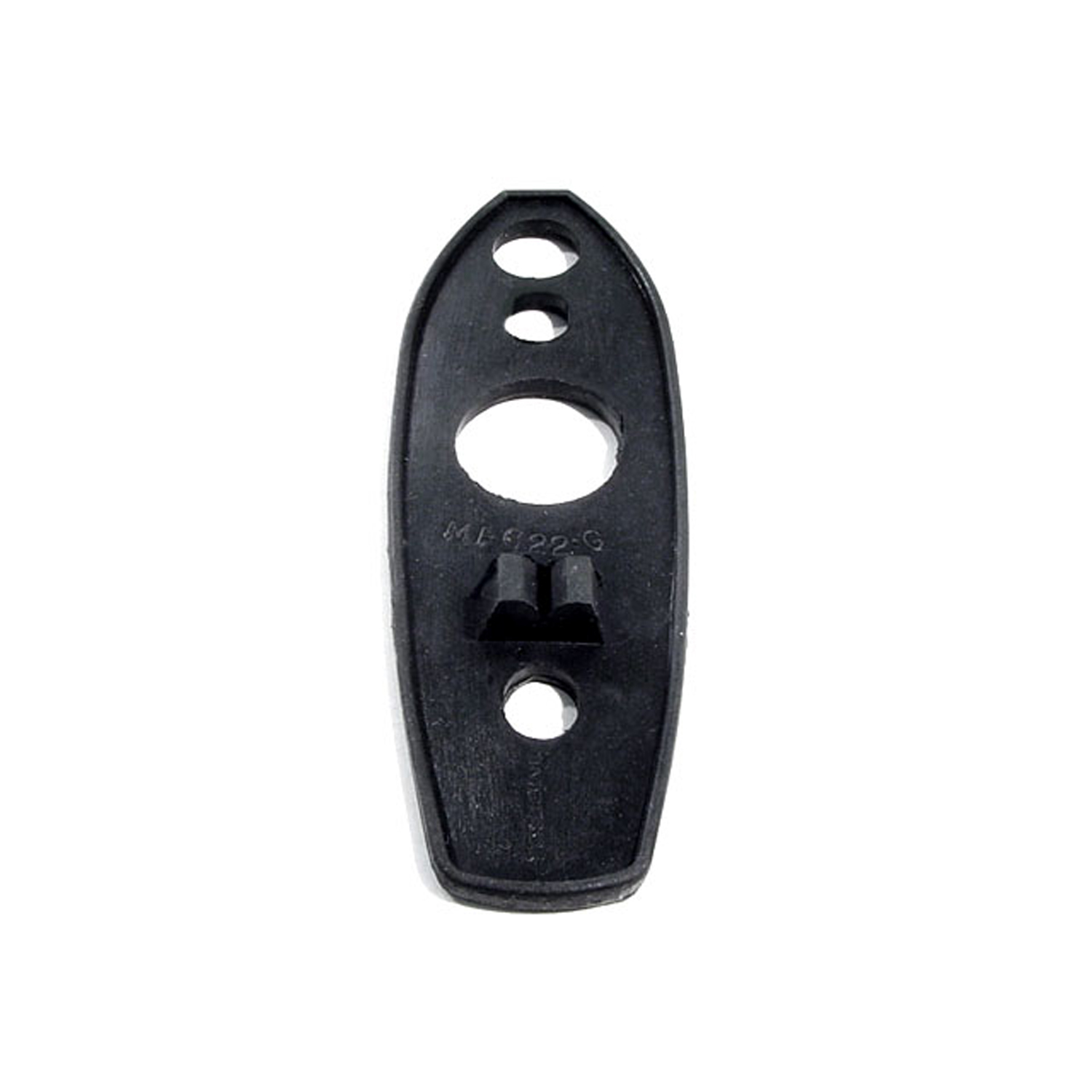 1968 Plymouth GTX Remote Mirror Pad. Each-MP 622-GRemote Mirror Pad. Each
1968 Plymouth GTX Remote Mirror Pad. Each-MP 622-GRemote Mirror Pad. Each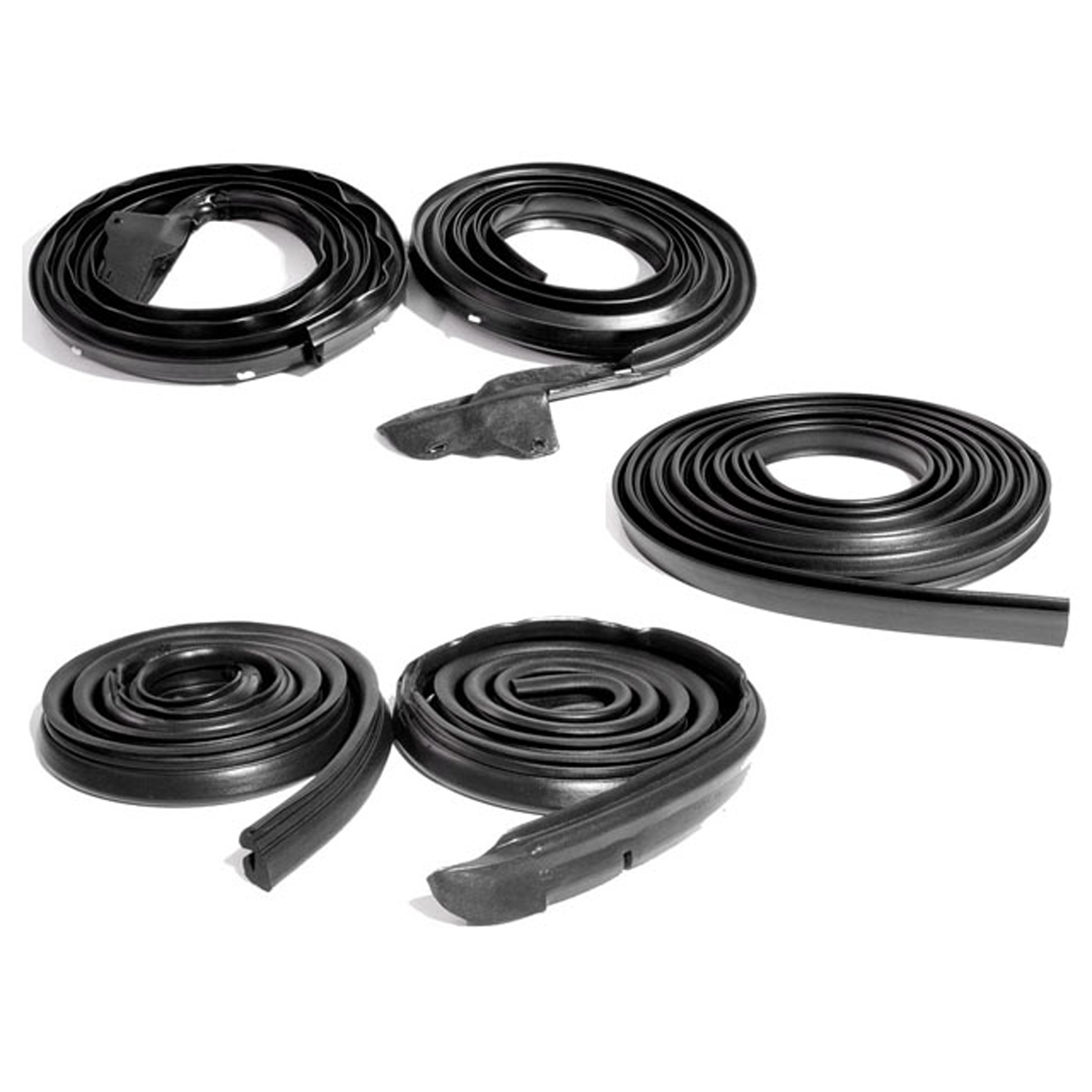 1968 Plymouth GTX Basic Kit, for 2-Door Hardtop-RKB 4005-108Basic Kit, for 2-Door Hardtop. Door (LM 23) Roof Rail (RR 4001-A) Trunk (TK 2321), Seals.
1968 Plymouth GTX Basic Kit, for 2-Door Hardtop-RKB 4005-108Basic Kit, for 2-Door Hardtop. Door (LM 23) Roof Rail (RR 4001-A) Trunk (TK 2321), Seals.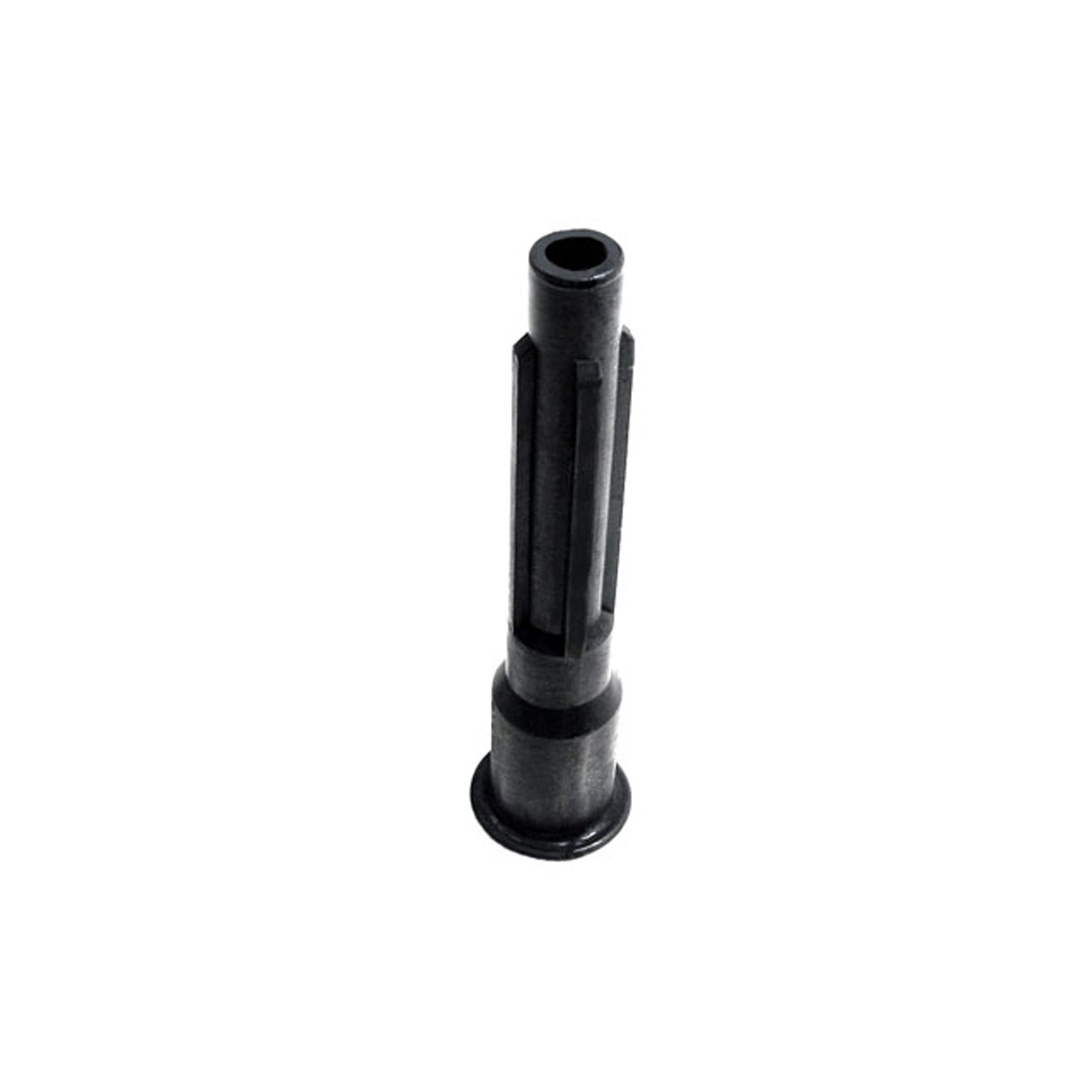 1968 Plymouth GTX Flexible Spark Plug Boot, used on Hemi's with power brakes-RP 1-MFlexible Spark Plug Boot, used on Hemi's with power brakes. 4" long, 5/16" upper i.d., 5/8" lower i.d. Each
1968 Plymouth GTX Flexible Spark Plug Boot, used on Hemi's with power brakes-RP 1-MFlexible Spark Plug Boot, used on Hemi's with power brakes. 4" long, 5/16" upper i.d., 5/8" lower i.d. Each 1968 Plymouth GTX Drain Flap on Cowl. Each-RP 900-ADrain Flap on Cowl. Each
1968 Plymouth GTX Drain Flap on Cowl. Each-RP 900-ADrain Flap on Cowl. Each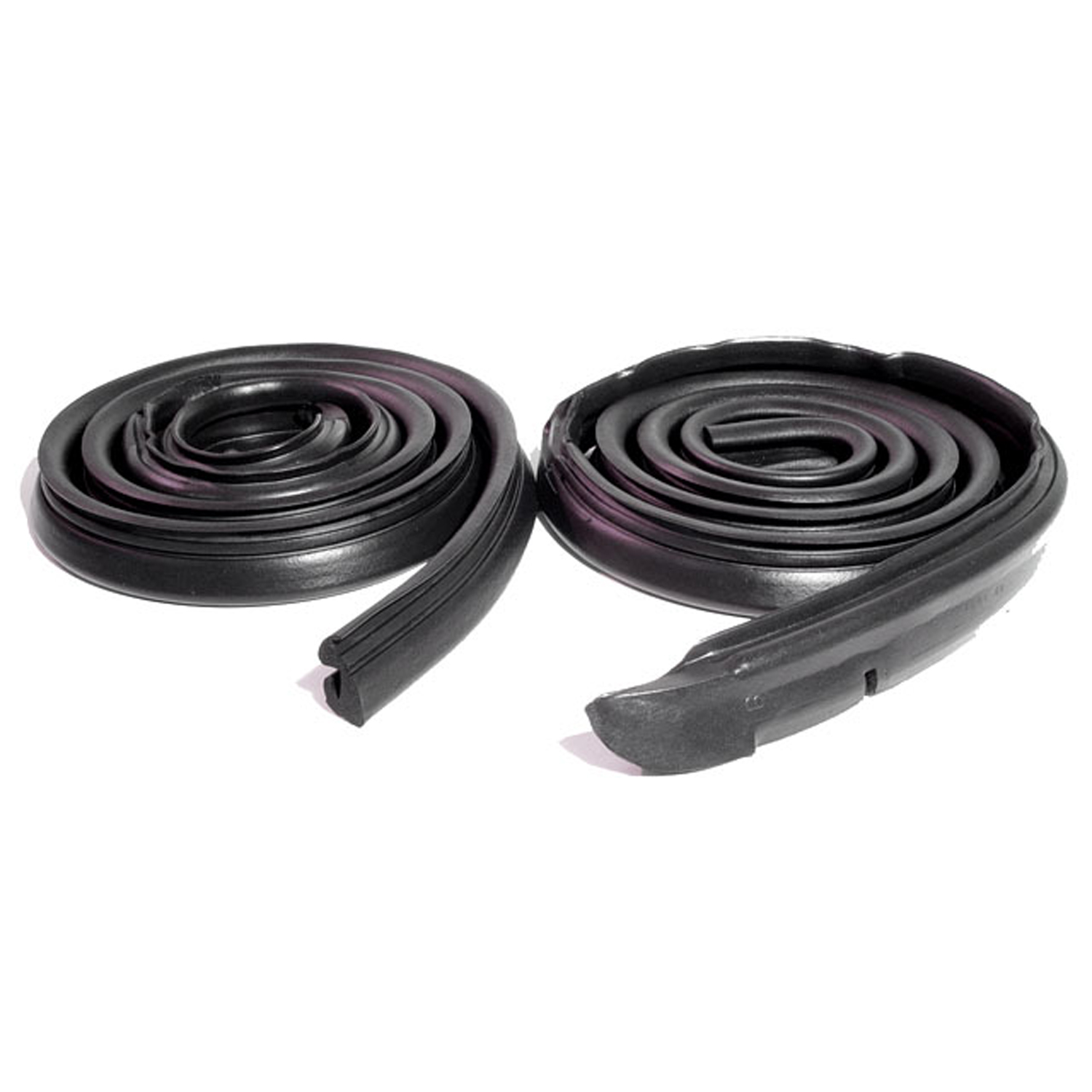 1968 Plymouth GTX Molded Roof Rail Seals, for 2-Door Hardtop without Post-RR 4001-AMolded Roof Rail Seals, for 2-Door Hardtop without Post. Pair R&L
1968 Plymouth GTX Molded Roof Rail Seals, for 2-Door Hardtop without Post-RR 4001-AMolded Roof Rail Seals, for 2-Door Hardtop without Post. Pair R&L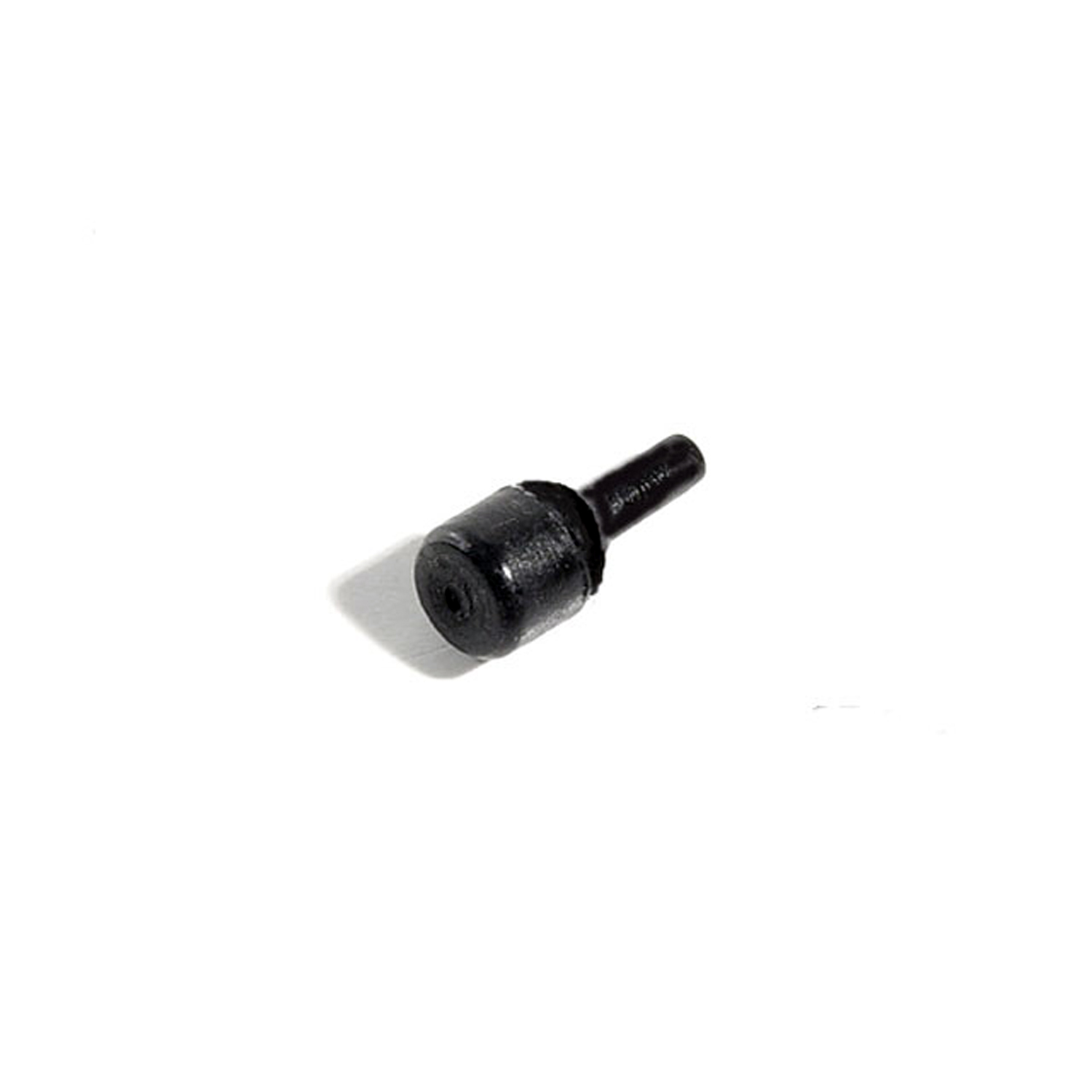 1968 Plymouth GTX Ashtray Bumper. 9/16" Long. Each-SB 120Ashtray Bumper. 9/16" Long. Each
1968 Plymouth GTX Ashtray Bumper. 9/16" Long. Each-SB 120Ashtray Bumper. 9/16" Long. Each 1968 Plymouth GTX Glove Box Bumper. 1/2" Long. Each-SB 121Glove Box Bumper. 1/2" Long. Each
1968 Plymouth GTX Glove Box Bumper. 1/2" Long. Each-SB 121Glove Box Bumper. 1/2" Long. Each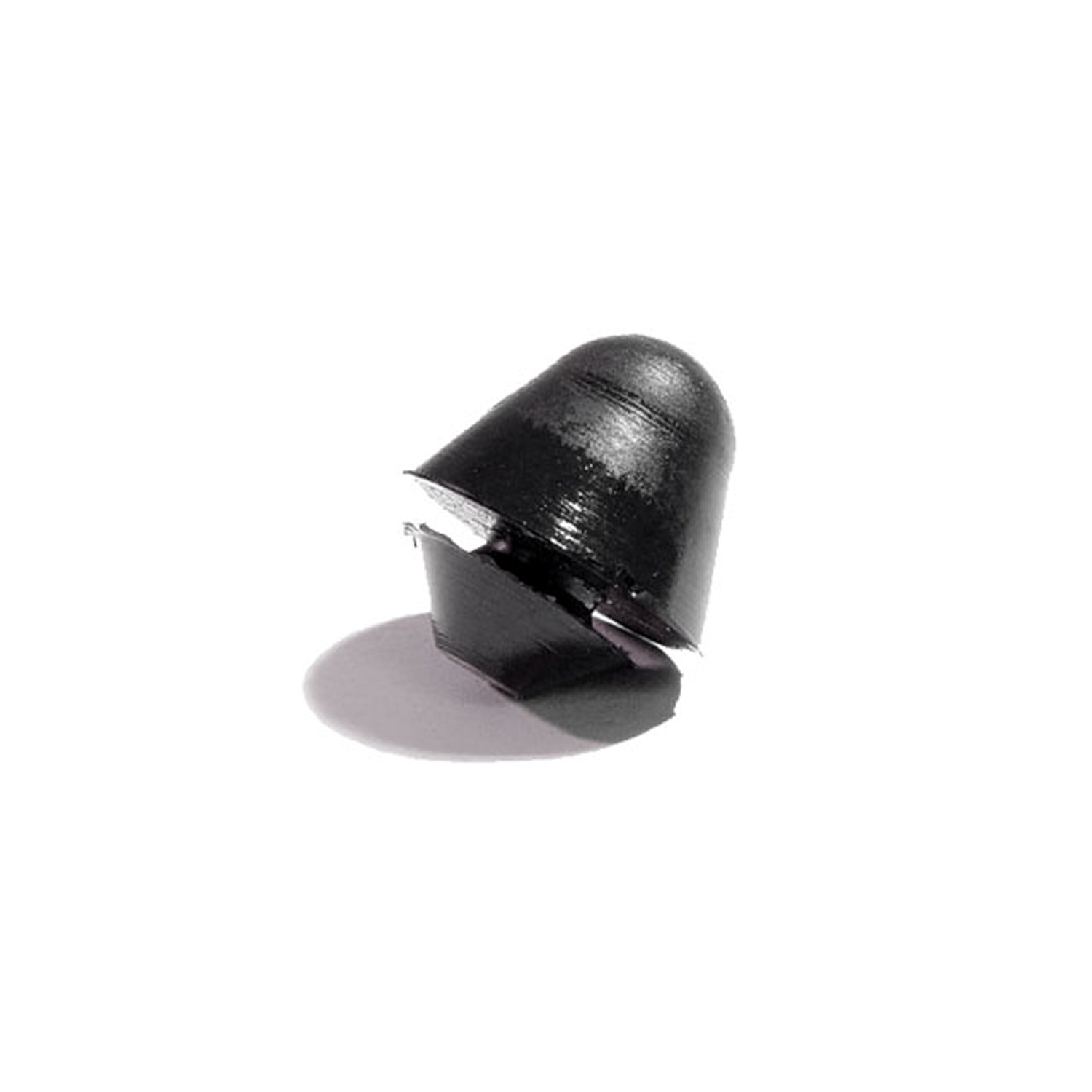 1968 Plymouth GTX Glove Box Bumper. Each-SB 121-AGlove Box Bumper. Each
1968 Plymouth GTX Glove Box Bumper. Each-SB 121-AGlove Box Bumper. Each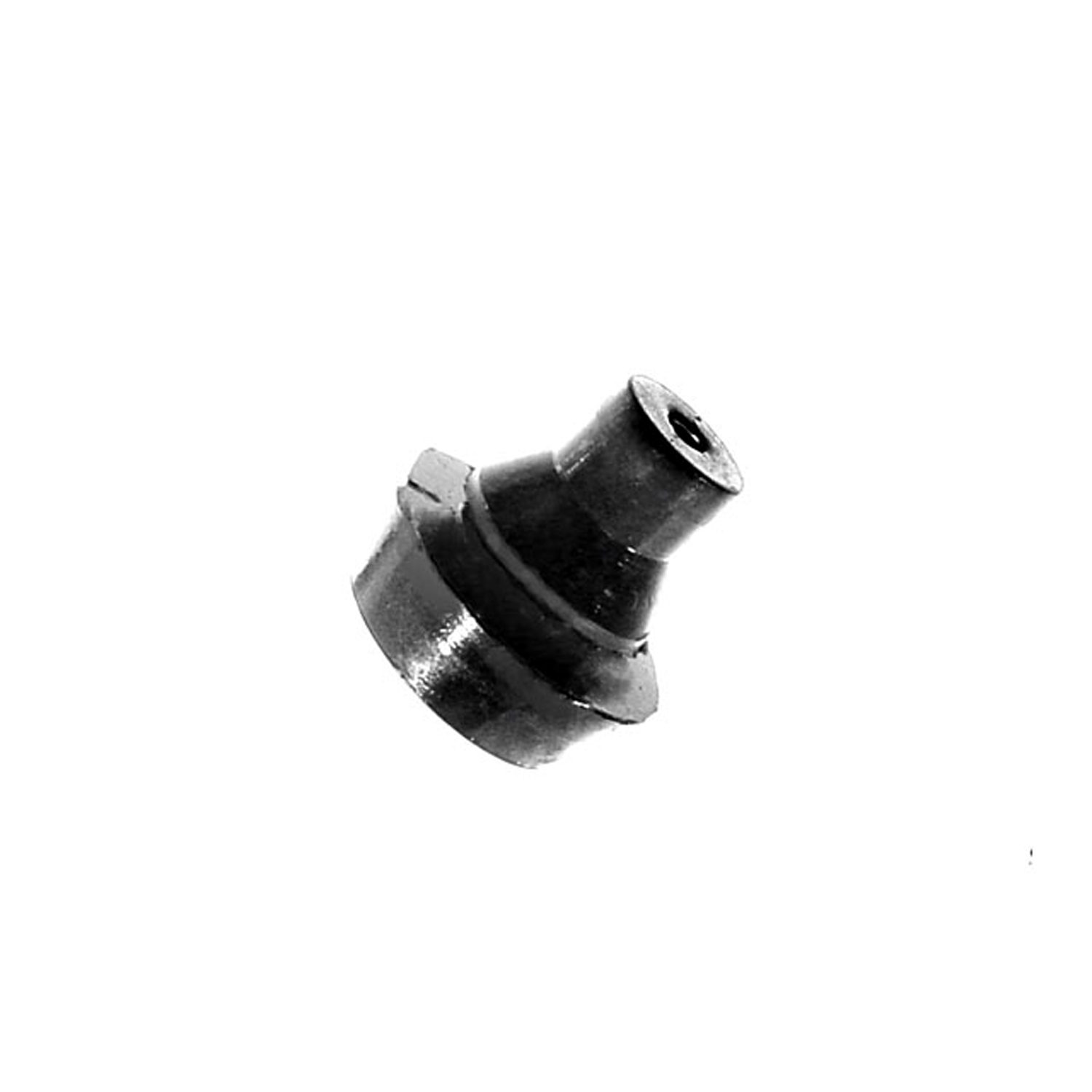 1968 Plymouth GTX License Plate Bumper. Replaces OEM #2094618-SB 123License Plate Bumper. Replaces OEM #2094618. 5/8" high, 5/8" O.D. Each
1968 Plymouth GTX License Plate Bumper. Replaces OEM #2094618-SB 123License Plate Bumper. Replaces OEM #2094618. 5/8" high, 5/8" O.D. Each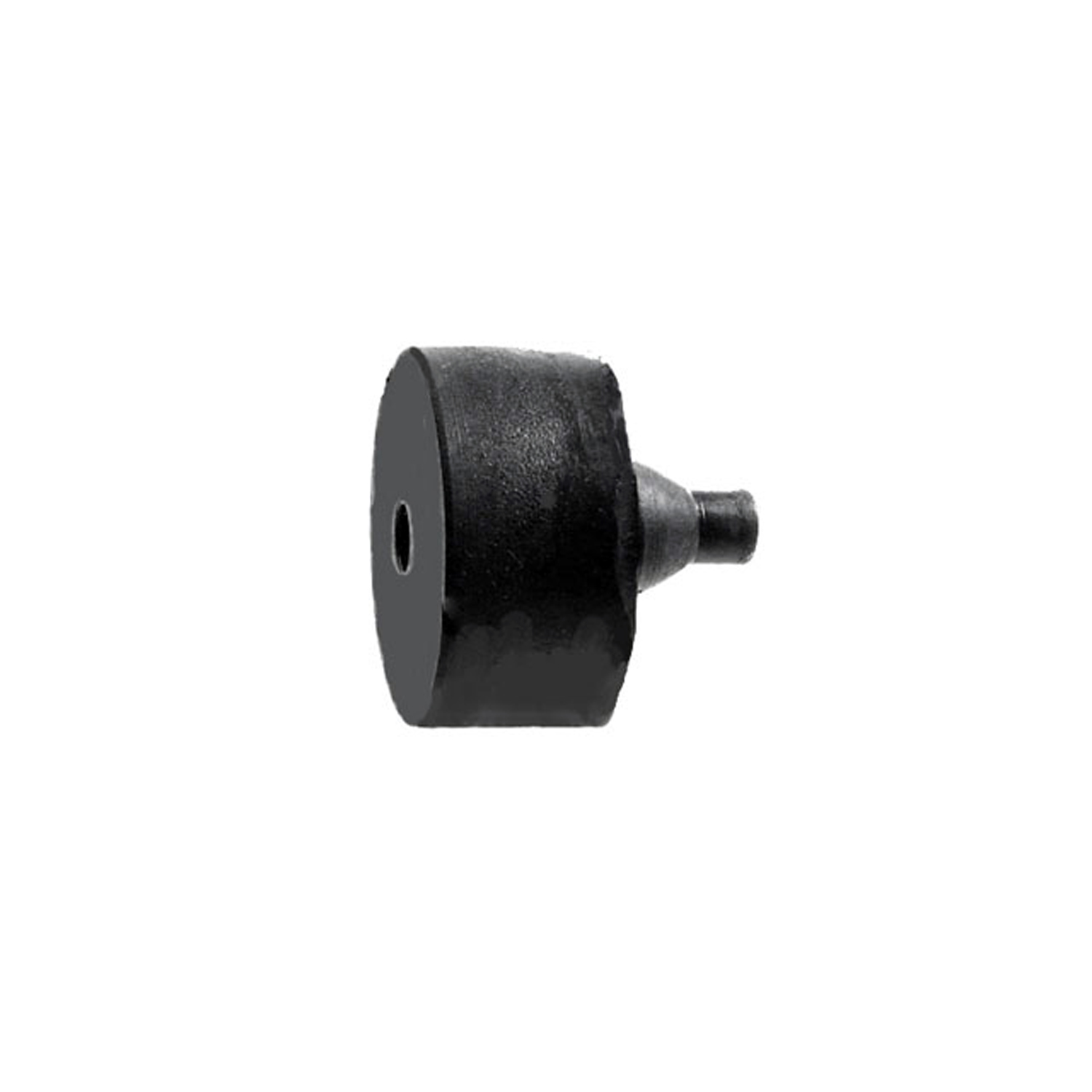 1968 Plymouth GTX Hood and Trunk Bumper. Replaces OEM #2785714. Each-SB 124Hood and Trunk Bumper. Replaces OEM #2785714. Each
1968 Plymouth GTX Hood and Trunk Bumper. Replaces OEM #2785714. Each-SB 124Hood and Trunk Bumper. Replaces OEM #2785714. Each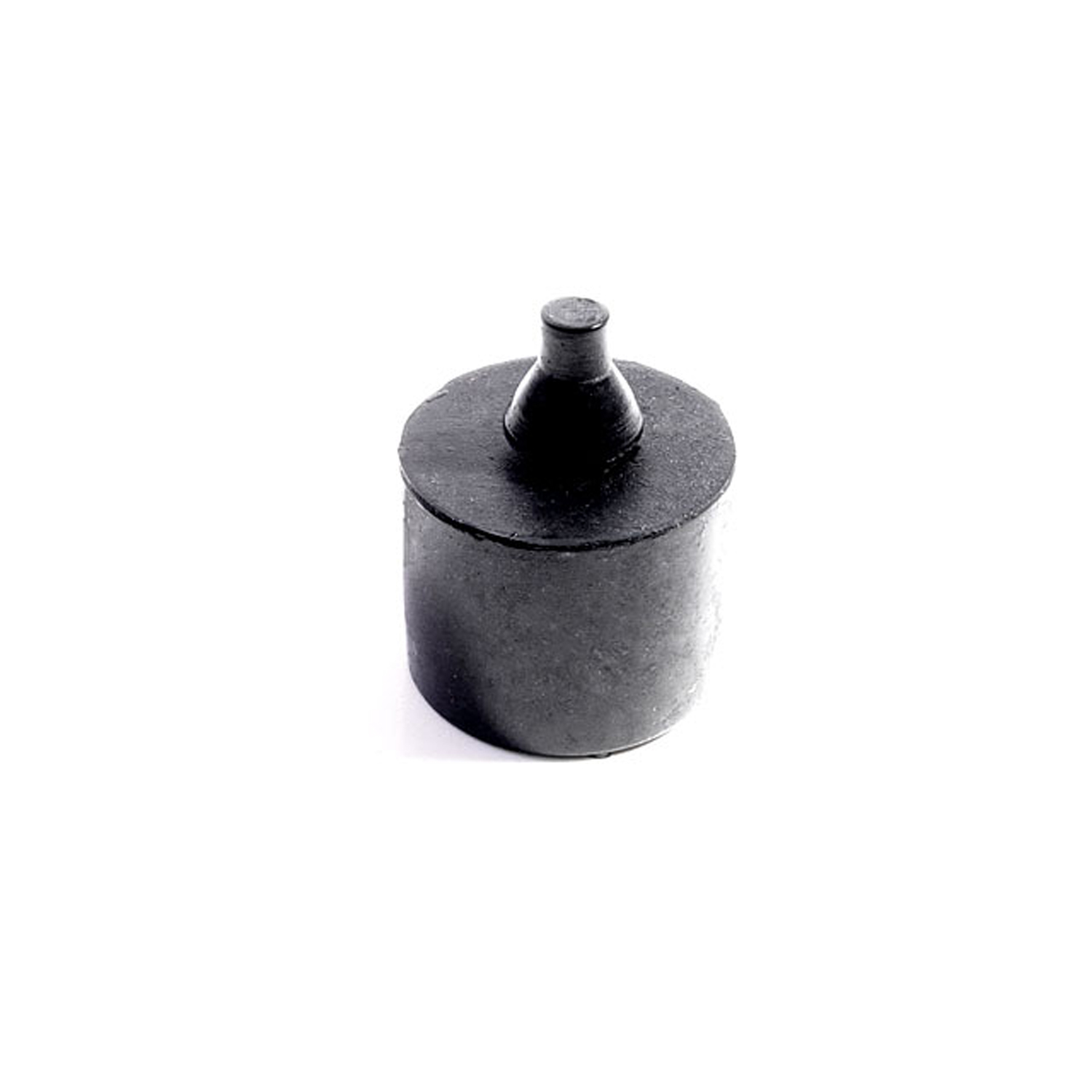 1968 Plymouth GTX Rear Center Hood & Trunk Bumper ('68: Trunk '70-'74: Hood)-SB 125Rear Center Hood & Trunk Bumper ('68: Trunk '70-'74: Hood). 1-1/8" high, 15/16" O.D. Each
1968 Plymouth GTX Rear Center Hood & Trunk Bumper ('68: Trunk '70-'74: Hood)-SB 125Rear Center Hood & Trunk Bumper ('68: Trunk '70-'74: Hood). 1-1/8" high, 15/16" O.D. Each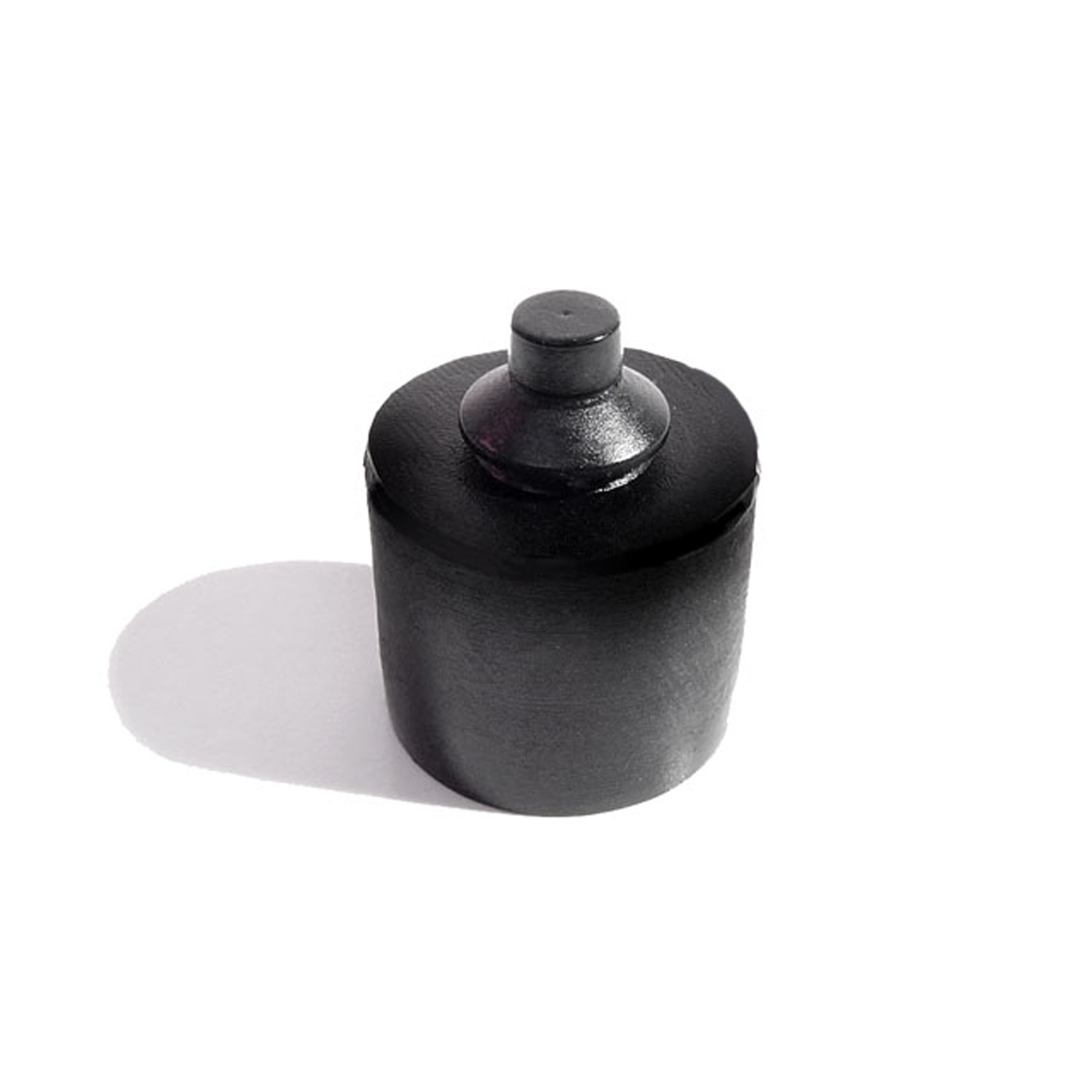 1968 Plymouth GTX Trunk Bumper. Each-SB 125-ATrunk Bumper. Each Width side to side 7/8". Height of bumper head 3/4 tall. Stem width is 3/8 Width of step 1/2. Hole at the top 1/8 diameter.
1968 Plymouth GTX Trunk Bumper. Each-SB 125-ATrunk Bumper. Each Width side to side 7/8". Height of bumper head 3/4 tall. Stem width is 3/8 Width of step 1/2. Hole at the top 1/8 diameter. 1968 Plymouth GTX Trunk and Body Plug. Fits 1-1/8" hole. Each-SB 127-DTrunk and Body Plug. Fits 1-1/8" hole. Each
1968 Plymouth GTX Trunk and Body Plug. Fits 1-1/8" hole. Each-SB 127-DTrunk and Body Plug. Fits 1-1/8" hole. Each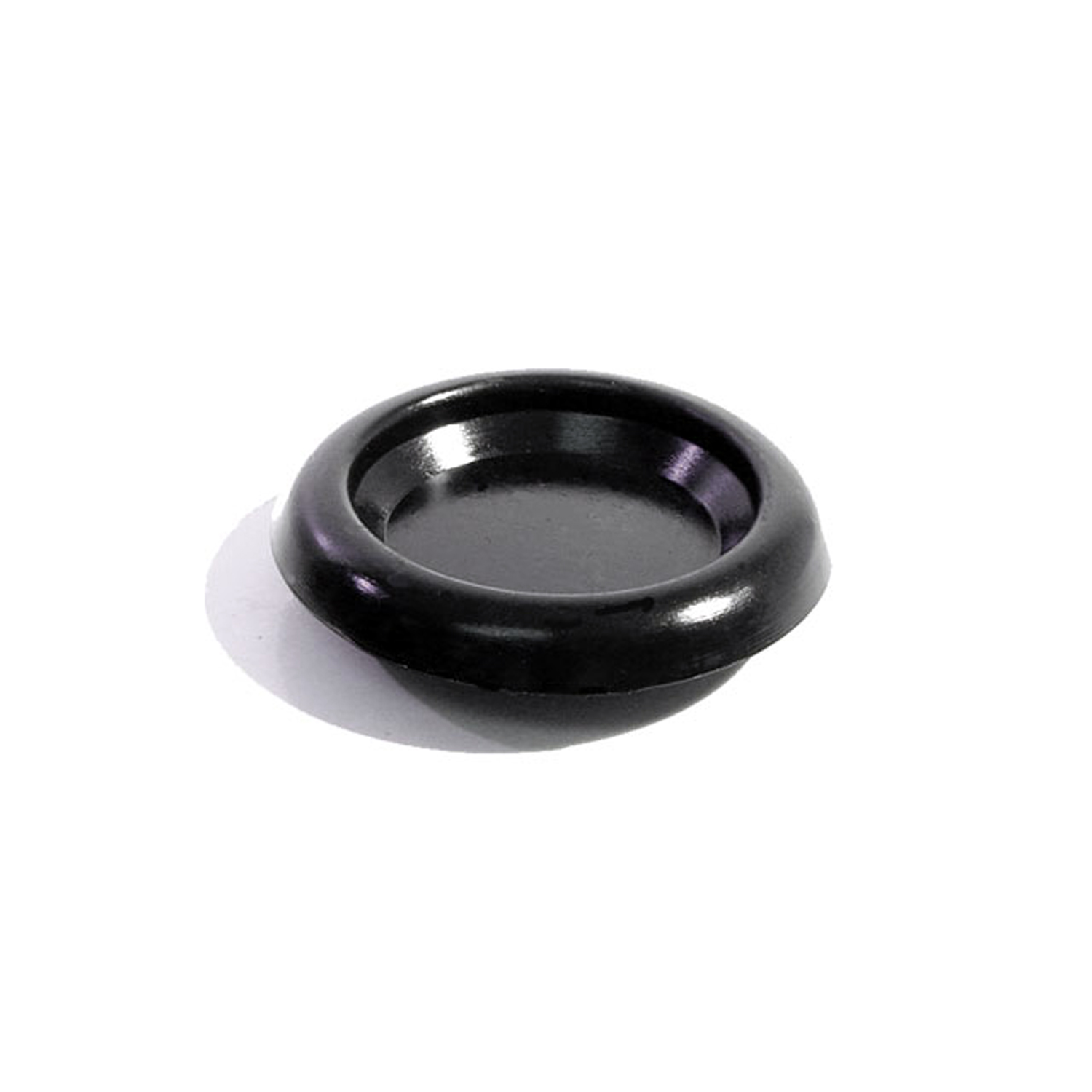 1968 Plymouth GTX Trunk and Body Plug. Fits 1-15/16" hole. Each-SB 127-ETrunk and Body Plug. Fits 1-15/16" hole. Each
1968 Plymouth GTX Trunk and Body Plug. Fits 1-15/16" hole. Each-SB 127-ETrunk and Body Plug. Fits 1-15/16" hole. Each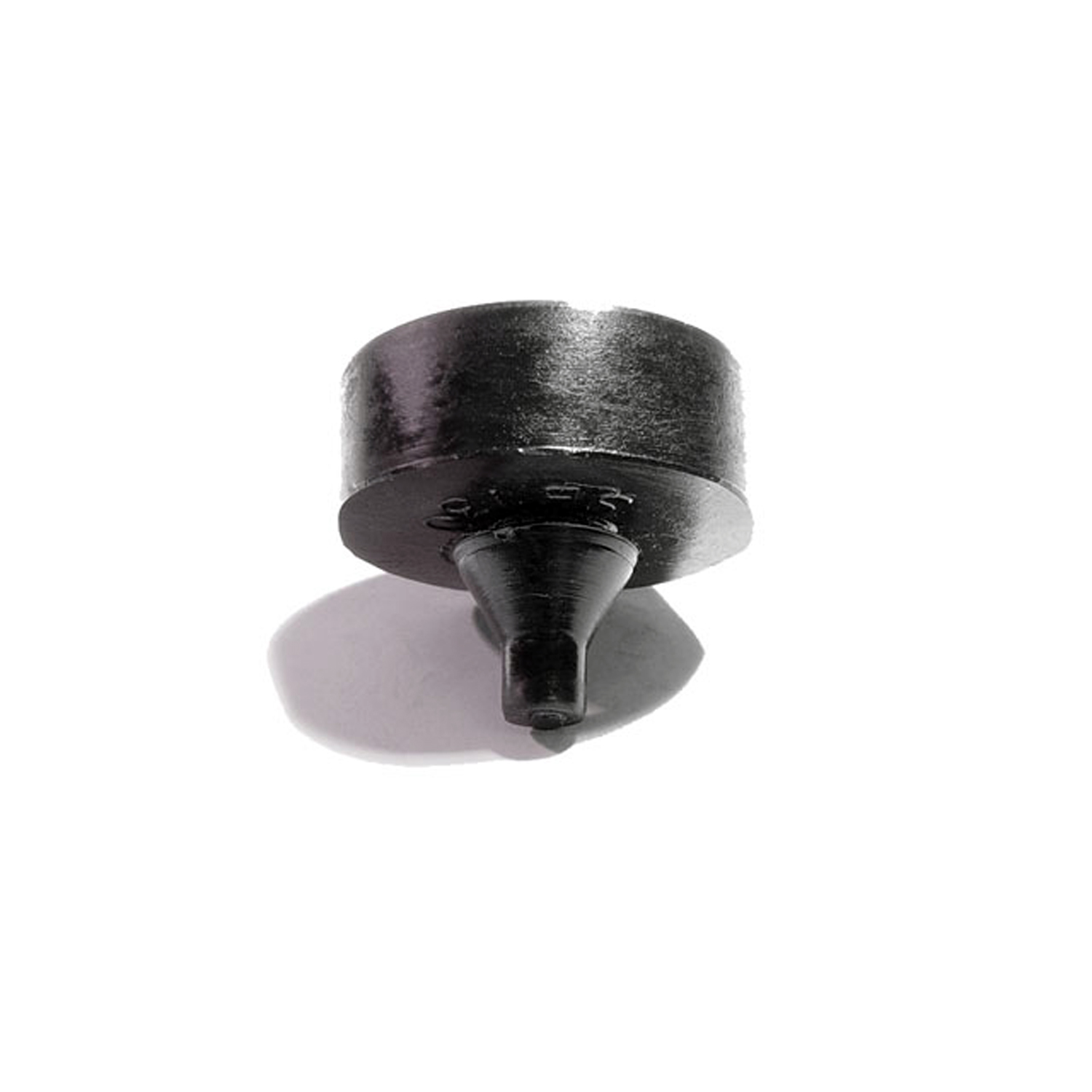 1968 Plymouth GTX Hood and Trunk Bumper. Each-SB 130Hood and Trunk Bumper. Each
1968 Plymouth GTX Hood and Trunk Bumper. Each-SB 130Hood and Trunk Bumper. Each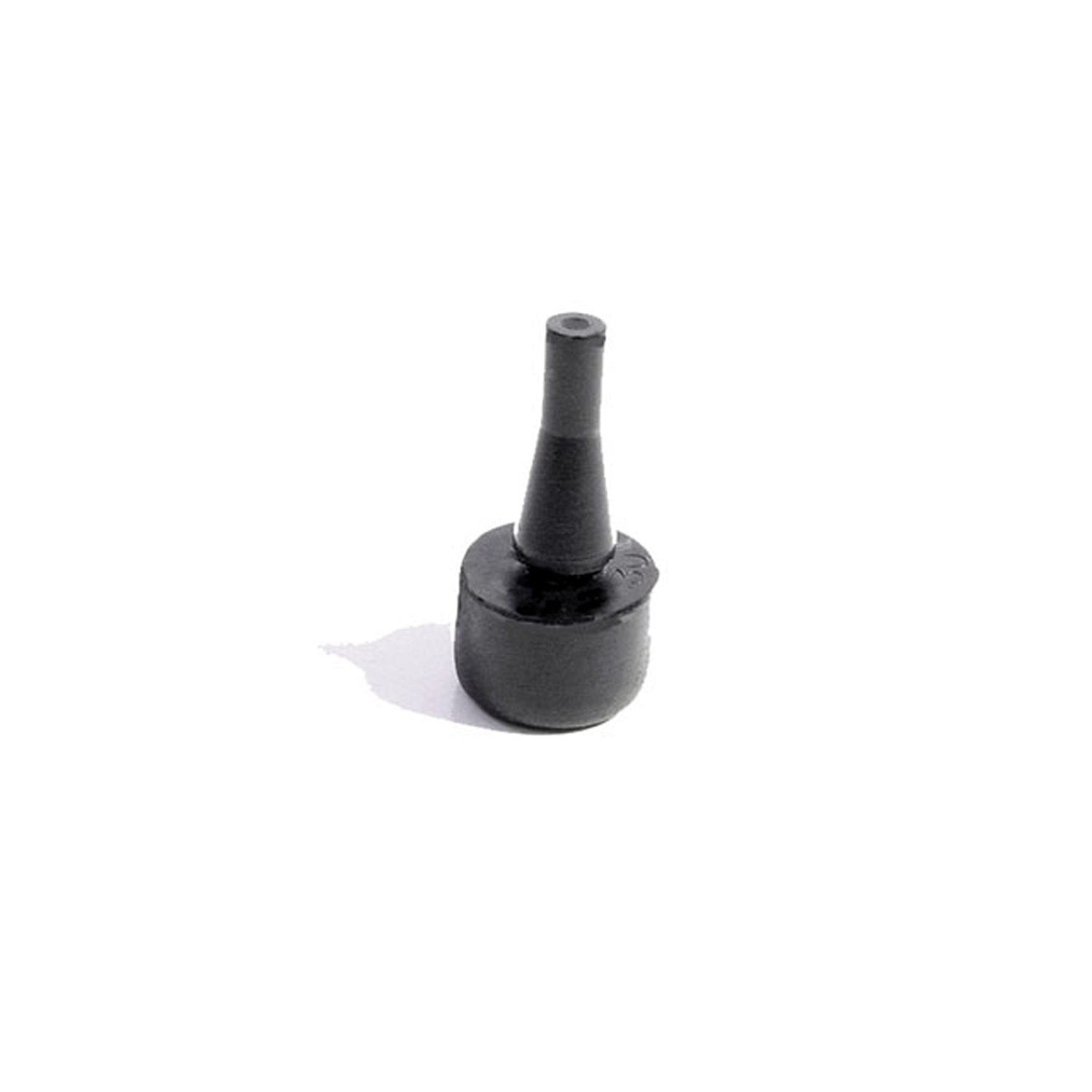 1968 Plymouth GTX Rear Cowl Bumper. 5/8" O.D., 1" high. Each-SB 30-MRear Cowl Bumper. 5/8" O.D., 1" high. Each
1968 Plymouth GTX Rear Cowl Bumper. 5/8" O.D., 1" high. Each-SB 30-MRear Cowl Bumper. 5/8" O.D., 1" high. Each 1968 Plymouth GTX Door Window Weatherstrip Plug-SB 73-BDoor Window Weatherstrip Plug. Fits at the end of outer window wipe cat whiskers. Fuzzy outer side. Pair R&L
1968 Plymouth GTX Door Window Weatherstrip Plug-SB 73-BDoor Window Weatherstrip Plug. Fits at the end of outer window wipe cat whiskers. Fuzzy outer side. Pair R&L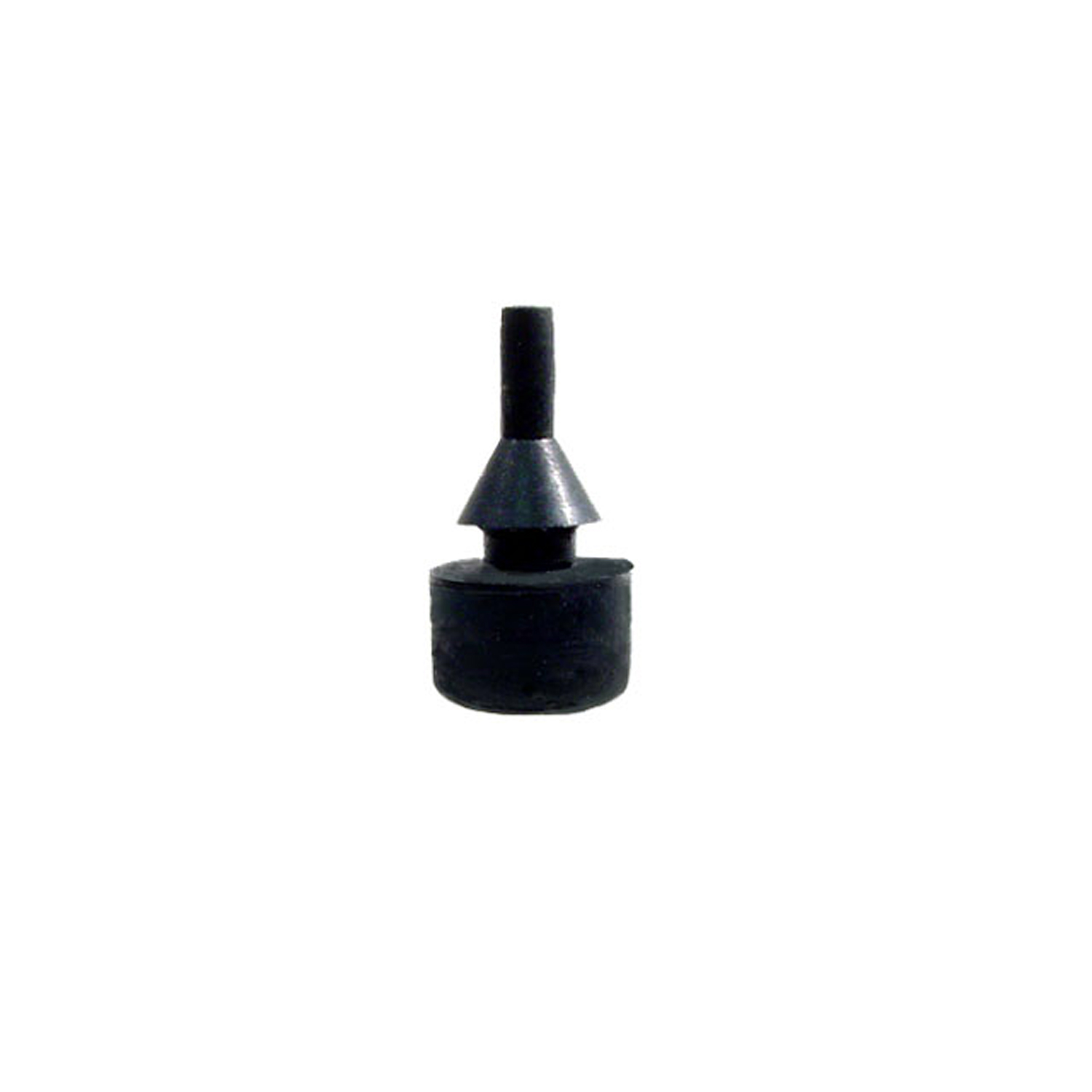 1968 Plymouth GTX License Plate Bumper. 7/16" O.D., fits a 1/4" hole. Each-SB 86License Plate Bumper. 7/16" O.D., fits a 1/4" hole. Each
1968 Plymouth GTX License Plate Bumper. 7/16" O.D., fits a 1/4" hole. Each-SB 86License Plate Bumper. 7/16" O.D., fits a 1/4" hole. Each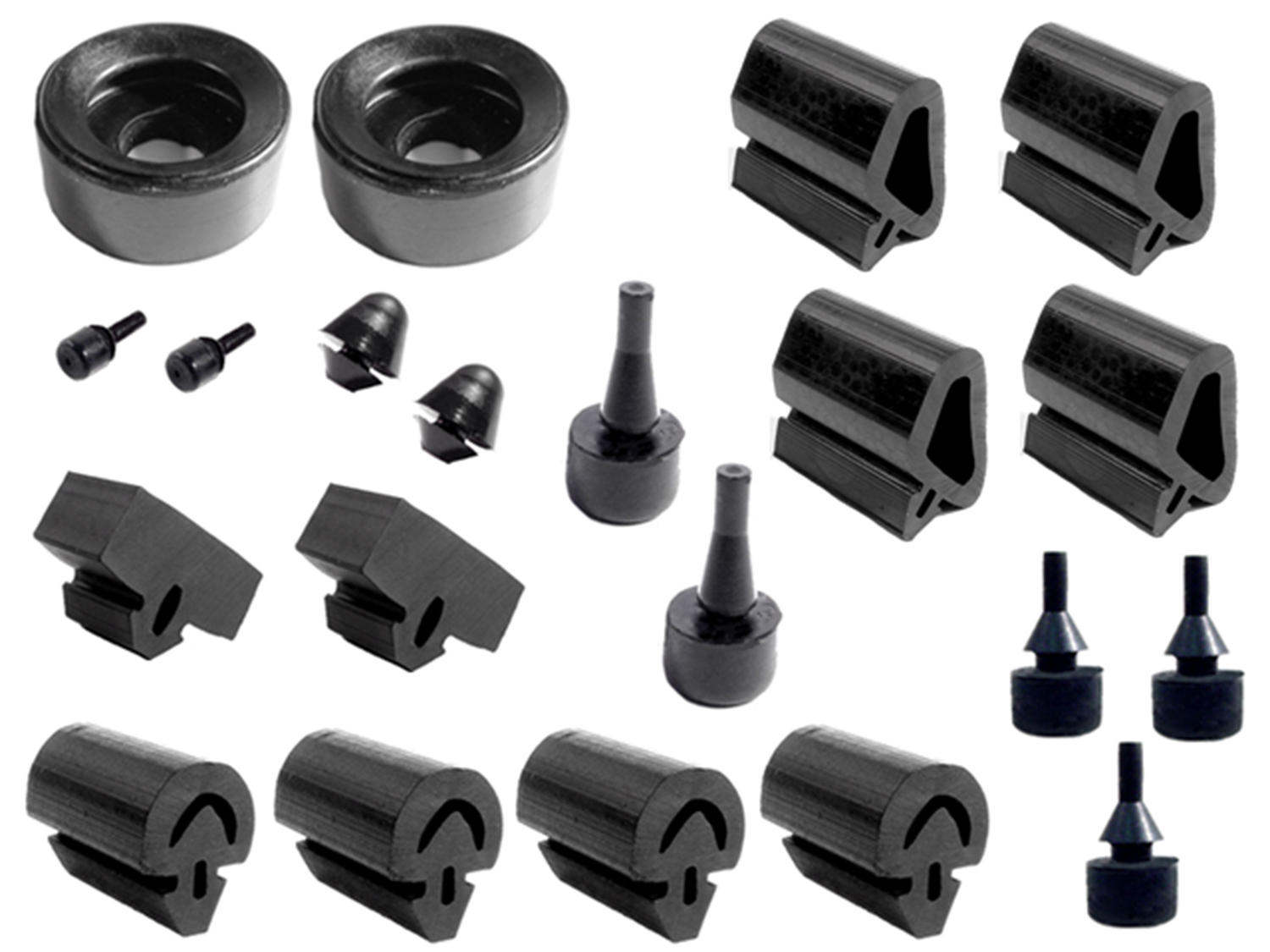 1968 Plymouth GTX Snap-in-bumper kit-SBK 2321Snap-in-bumper kit. 21-piece set includes: (4) DB 50-M, (2) HA 8-A, (4) HF 19, (2) HF 62, (2) SB 120, (2) SB 121, (2) SB 30-M, (3) SB 86.
1968 Plymouth GTX Snap-in-bumper kit-SBK 2321Snap-in-bumper kit. 21-piece set includes: (4) DB 50-M, (2) HA 8-A, (4) HF 19, (2) HF 62, (2) SB 120, (2) SB 121, (2) SB 30-M, (3) SB 86. 1968 Plymouth GTX Floor Panel Wire Grommet. Fits 3/4" hole. Each-SM 49Floor Panel Wire Grommet. Fits 3/4" hole. Each
1968 Plymouth GTX Floor Panel Wire Grommet. Fits 3/4" hole. Each-SM 49Floor Panel Wire Grommet. Fits 3/4" hole. Each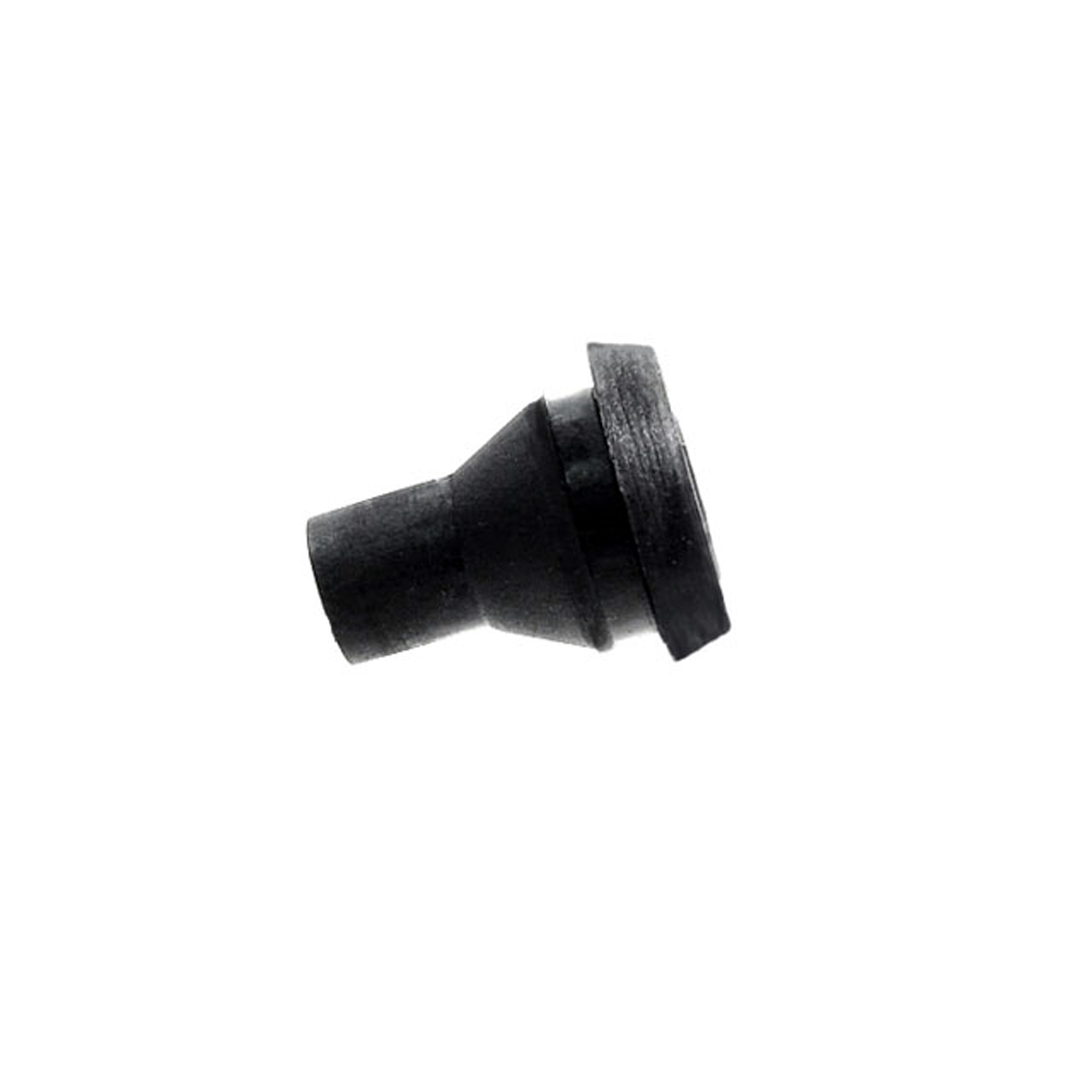 1968 Plymouth GTX License Light Wire Grommet. Each-SM 72License Light Wire Grommet. Each
1968 Plymouth GTX License Light Wire Grommet. Each-SM 72License Light Wire Grommet. Each 1968 Plymouth GTX Trunk Seal. Each-TK 2321Trunk Seal. Each
1968 Plymouth GTX Trunk Seal. Each-TK 2321Trunk Seal. Each 1968 Plymouth GTX Trunk Mat-TM 2712Trunk Mat. High quality reproduction, made specific for vehicle. Print on rubber. Each
1968 Plymouth GTX Trunk Mat-TM 2712Trunk Mat. High quality reproduction, made specific for vehicle. Print on rubber. Each 1968 Plymouth GTX Unbeaded Door Handle Mounting Pads. Set of 4-UM 2700-100Unbeaded Door Handle Mounting Pads. Set of 4
1968 Plymouth GTX Unbeaded Door Handle Mounting Pads. Set of 4-UM 2700-100Unbeaded Door Handle Mounting Pads. Set of 4 1968 Plymouth GTX Nylon Lock Cylinder Gasket. 1-1/4" O.D., 7/8" I.D. Each-UM 2700-104Nylon Lock Cylinder Gasket. 1-1/4" O.D., 7/8" I.D. Each
1968 Plymouth GTX Nylon Lock Cylinder Gasket. 1-1/4" O.D., 7/8" I.D. Each-UM 2700-104Nylon Lock Cylinder Gasket. 1-1/4" O.D., 7/8" I.D. Each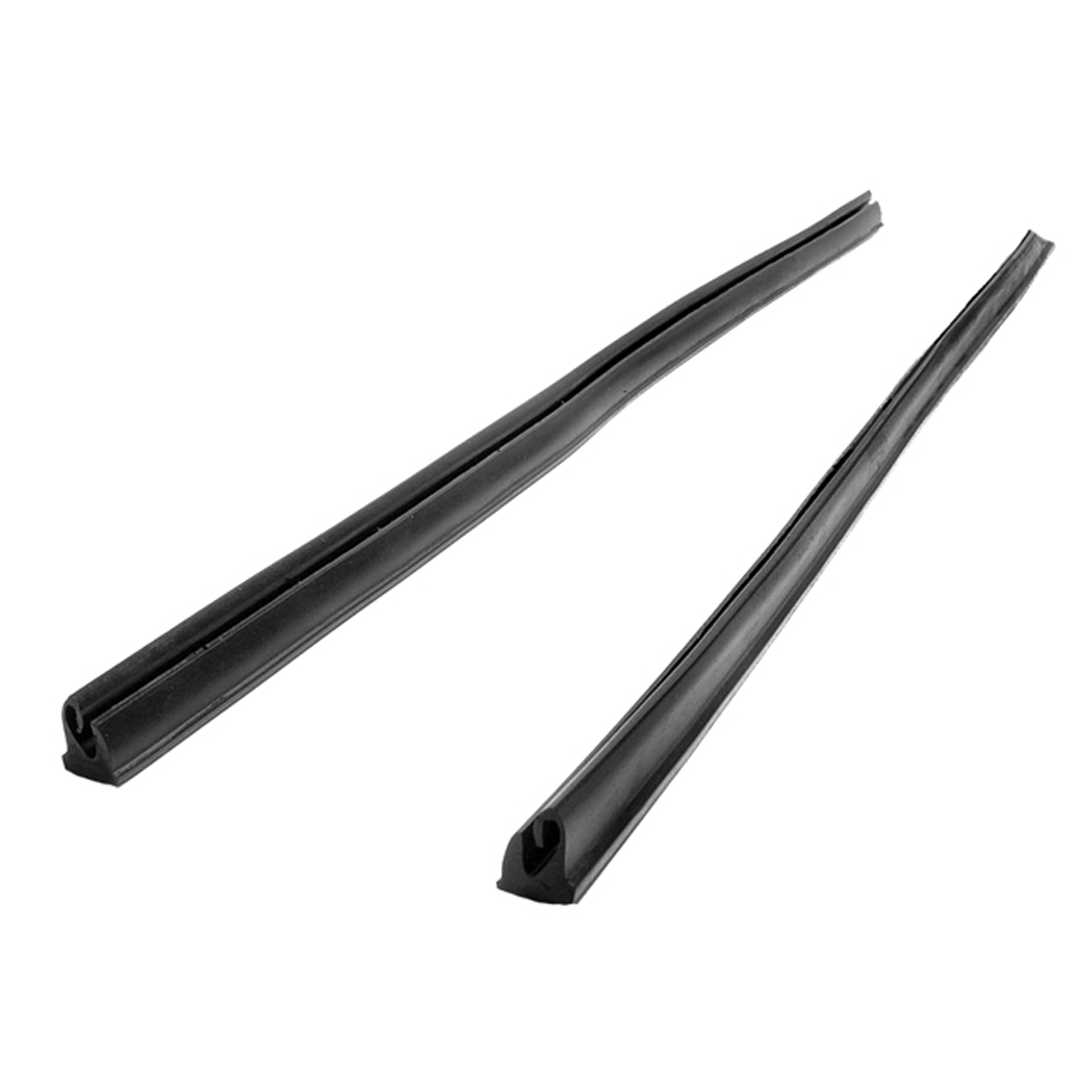 1968 Plymouth GTX Rear Roll-Up Quarter Window Seals, for 2-Door Hardtops-VS 7-ERear Roll-Up Quarter Window Seals, for 2-Door Hardtops. Replaces OEM #2811623/622. Pair
1968 Plymouth GTX Rear Roll-Up Quarter Window Seals, for 2-Door Hardtops-VS 7-ERear Roll-Up Quarter Window Seals, for 2-Door Hardtops. Replaces OEM #2811623/622. Pair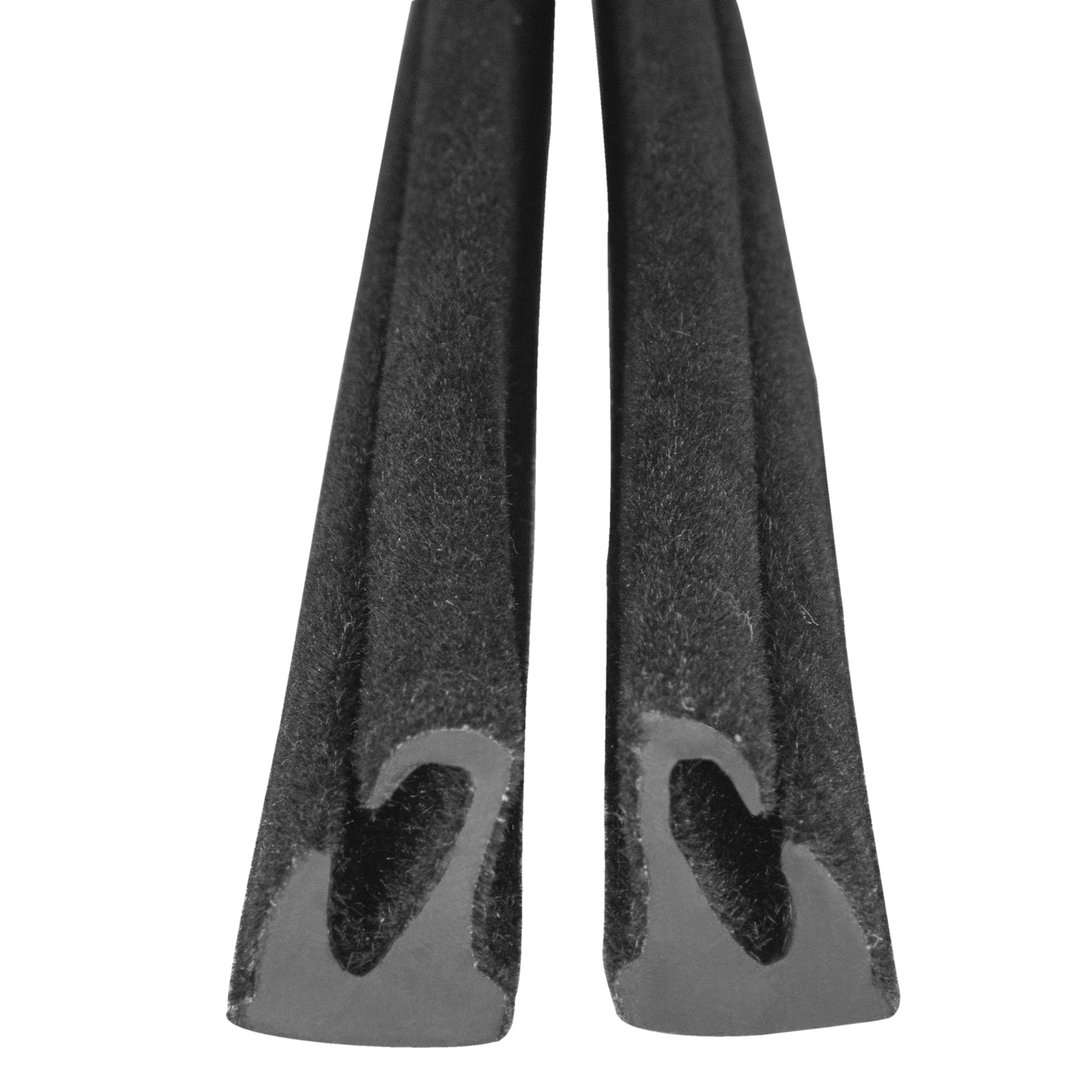 1968 Plymouth GTX Quarter window seals. Rear roll-up, flocked channels-VS 7-E/FLQuarter window seals. Rear roll-up, flocked channels. Fits '64-'66 Dart 270 GT hardtops, '64-'66 Barracuda, '68-'70 Charger and Coronet, '69-'70 Roadrunner and more. for 2-Door Hardtops. Pair. R&L.
1968 Plymouth GTX Quarter window seals. Rear roll-up, flocked channels-VS 7-E/FLQuarter window seals. Rear roll-up, flocked channels. Fits '64-'66 Dart 270 GT hardtops, '64-'66 Barracuda, '68-'70 Charger and Coronet, '69-'70 Roadrunner and more. for 2-Door Hardtops. Pair. R&L.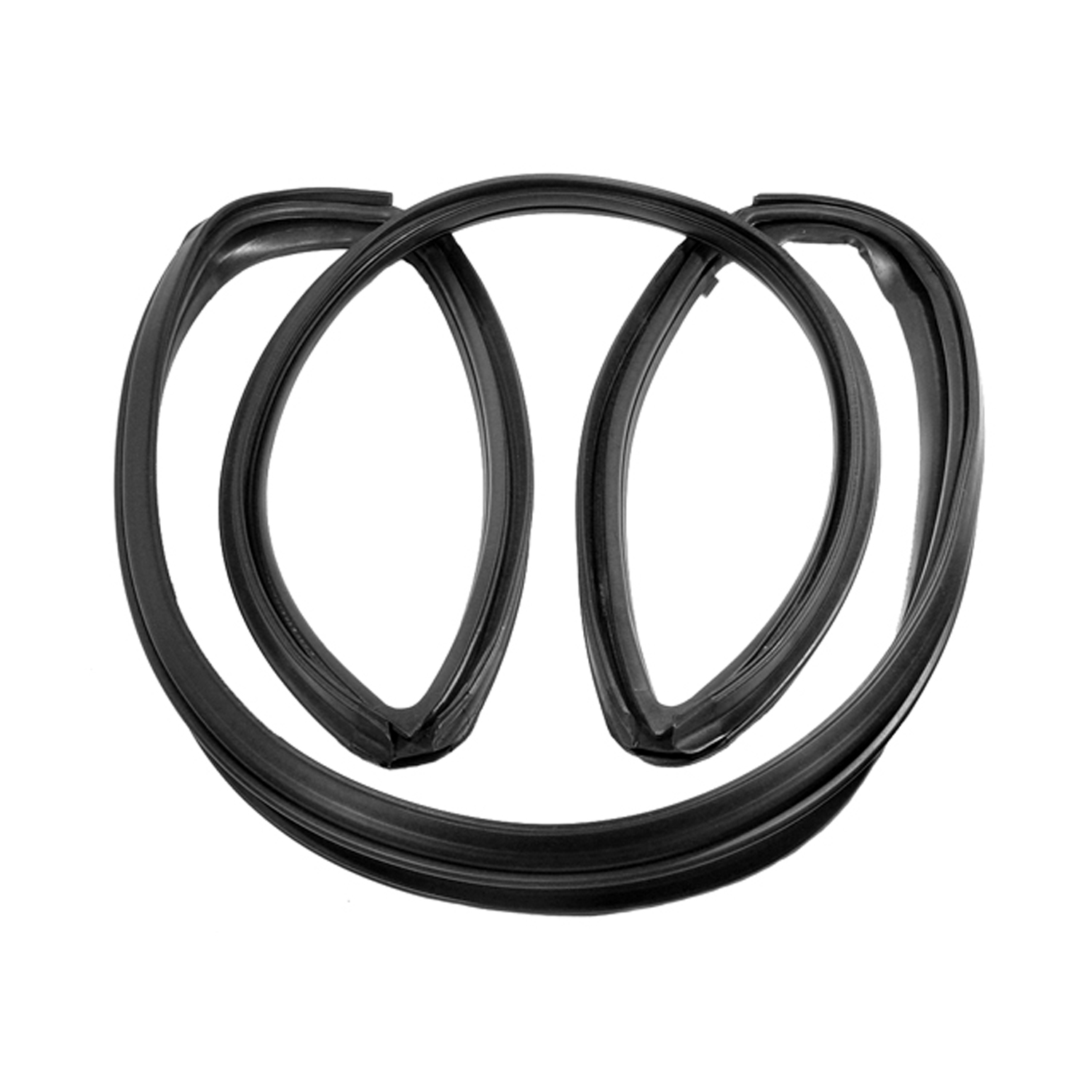 1968 Plymouth GTX Vulcanized Windshield Seal. Fits 2-door sedans and hardtops-VWS 2701Vulcanized Windshield Seal. Fits 2-door sedans and hardtops. Each
1968 Plymouth GTX Vulcanized Windshield Seal. Fits 2-door sedans and hardtops-VWS 2701Vulcanized Windshield Seal. Fits 2-door sedans and hardtops. Each 1968 Plymouth GTX Vulcanized Windshield Seal, for Convertibles. Each-VWS 2704Vulcanized Windshield Seal, for Convertibles. Each
1968 Plymouth GTX Vulcanized Windshield Seal, for Convertibles. Each-VWS 2704Vulcanized Windshield Seal, for Convertibles. Each 1968 Plymouth GTX Window Sweeper Kit Fits 68-70 Plymouth B Body 2 Door Hardtop 8 Piece kit-WC 2300-25Window Sweeper Kit Fits 68-70 Plymouth B Body 2 Door Hardtop 8 Piece kit
1968 Plymouth GTX Window Sweeper Kit Fits 68-70 Plymouth B Body 2 Door Hardtop 8 Piece kit-WC 2300-25Window Sweeper Kit Fits 68-70 Plymouth B Body 2 Door Hardtop 8 Piece kit 1968 Plymouth GTX Door Weather Strip to Inside Panel Clip-WF 7-DDoor Weather Strip to Inside Panel Clip. Made of white nylon, 3/8" long. Each
1968 Plymouth GTX Door Weather Strip to Inside Panel Clip-WF 7-DDoor Weather Strip to Inside Panel Clip. Made of white nylon, 3/8" long. Each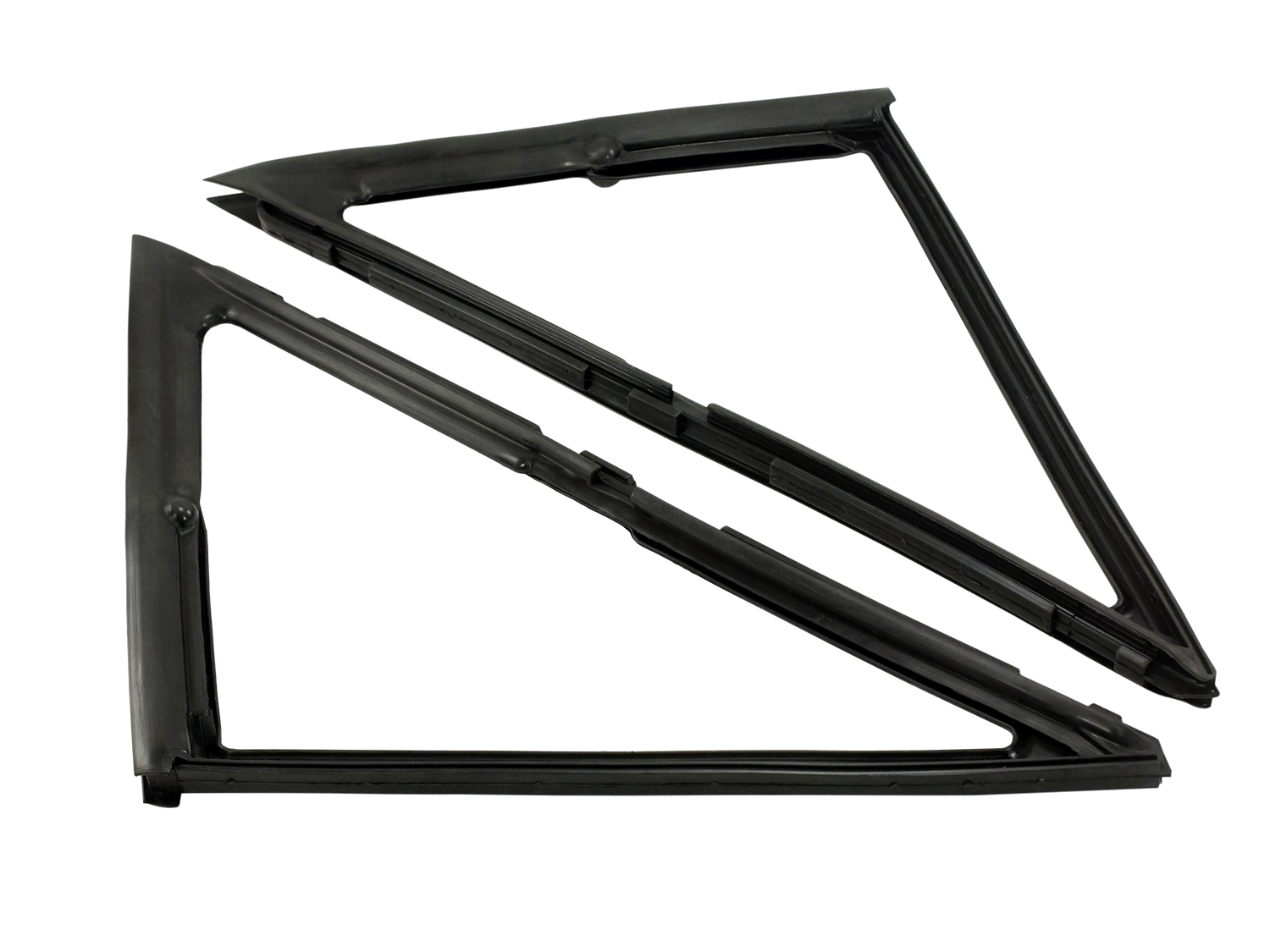 1968 Plymouth GTX REISSUE. Vent window seals-WR 2306REISSUE. Vent window seals. Completely re-designed and re-tooled 2013 molds for improved looks, fit and function. Fits '66-'67 Mopar B-body 2-door hardtop and '66-'70 B-body convertible. Replaces OEM#'s 2570786 & 2570787. Pair. R&L.
1968 Plymouth GTX REISSUE. Vent window seals-WR 2306REISSUE. Vent window seals. Completely re-designed and re-tooled 2013 molds for improved looks, fit and function. Fits '66-'67 Mopar B-body 2-door hardtop and '66-'70 B-body convertible. Replaces OEM#'s 2570786 & 2570787. Pair. R&L.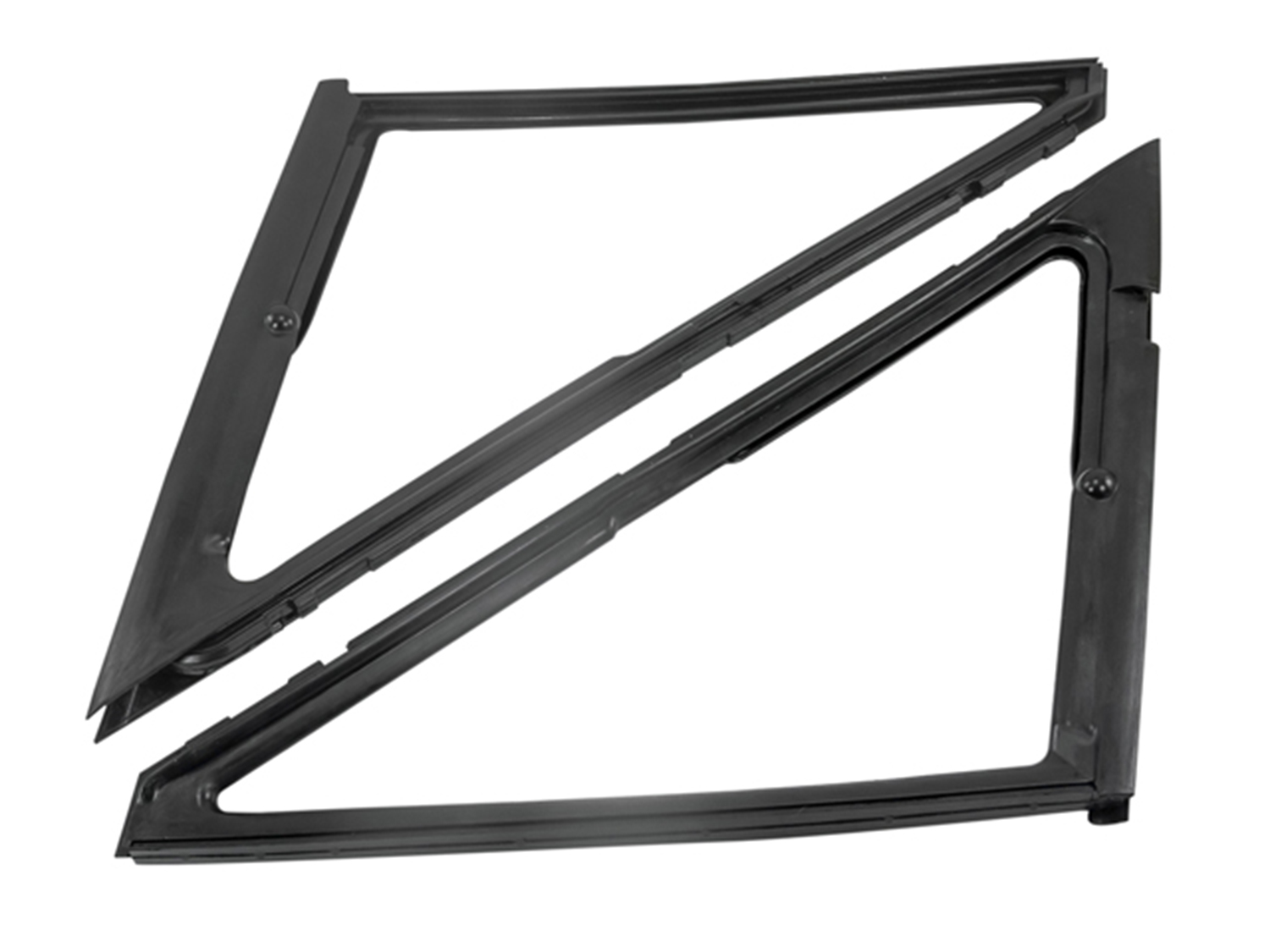 1968 Plymouth GTX Vent window seals-WR 2308Vent window seals. '68-'70 Dodge-Plymouth B-body 2-door hardtop and coupes with pillar-post and swing-out quarter-windows. Completely retooled for improved fit and function. Replaces OEM#'s 2811306/07. Pair. R&L.
1968 Plymouth GTX Vent window seals-WR 2308Vent window seals. '68-'70 Dodge-Plymouth B-body 2-door hardtop and coupes with pillar-post and swing-out quarter-windows. Completely retooled for improved fit and function. Replaces OEM#'s 2811306/07. Pair. R&L.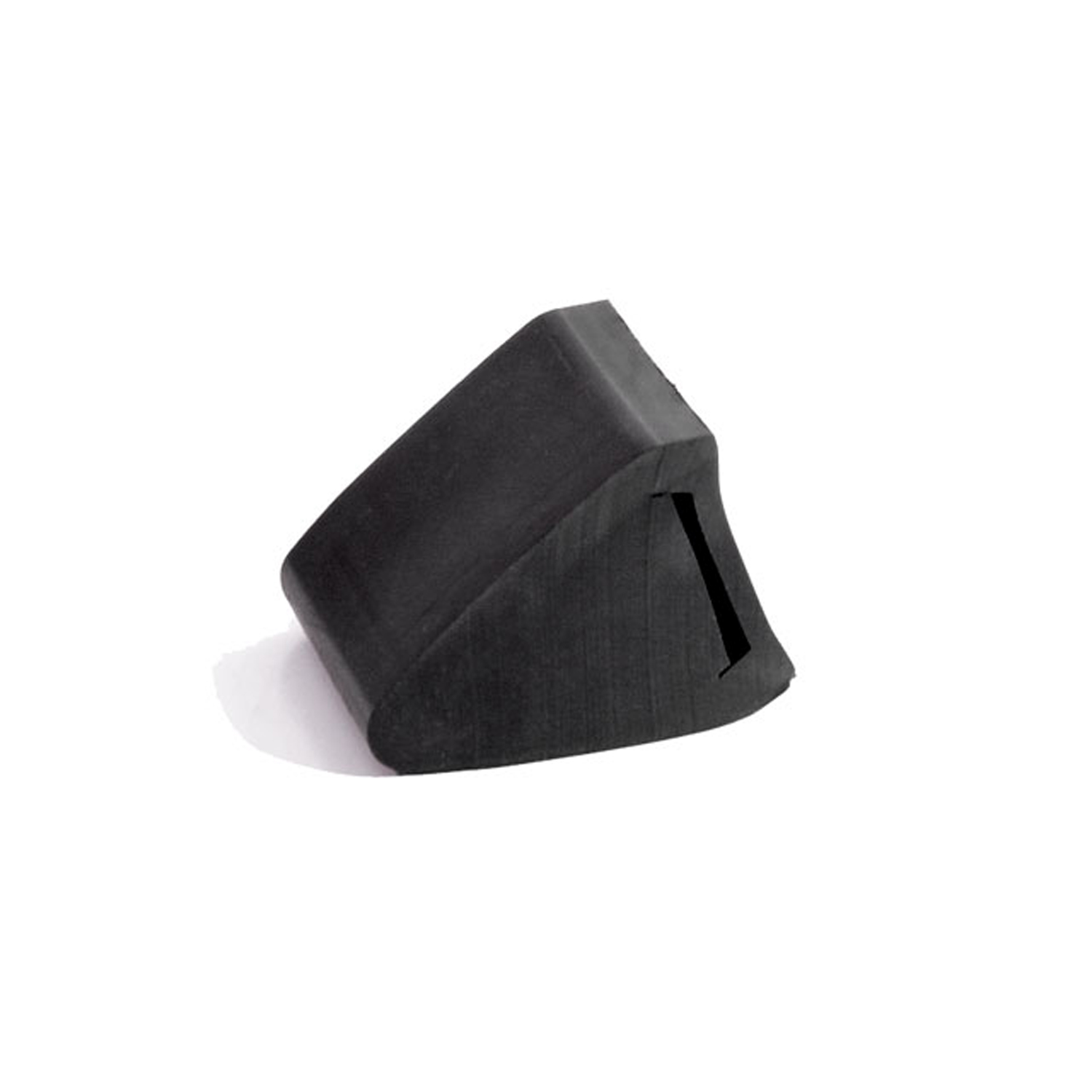 1968 Plymouth GTX Suspension bumper. '62-up Mopar A-, B- and C-body-XB 1Suspension bumper. '62-up Mopar A-, B- and C-body. Fits over the rear axle. Each.
1968 Plymouth GTX Suspension bumper. '62-up Mopar A-, B- and C-body-XB 1Suspension bumper. '62-up Mopar A-, B- and C-body. Fits over the rear axle. Each.Why Choose Metro?
For over 100 years, Metro Moulded Parts has been the pinnacle of quality in classic car restoration parts. Our commitment to precision and authenticity in every component ensures a perfect fit and an OEM-level appearance.
- Expert Craftsmanship & Quality: Each part is a testament to our dedication to reliability and perfection, crafted from original designs and thoroughly tested.
- Advanced Technology: We use cutting-edge techniques to create flawless, long-lasting parts that surpass others in performance.
- SuperSoft Sponge – The Ultimate Door Seal: Not only are our door seals 30% softer than competitors', but they're also guaranteed to never leak. They effectively reduce wind and road noise, enhancing your classic car's comfort and driving experience.
- Proudly American: Our parts are a product of American craftsmanship, made in the USA with a spirit of excellence and heritage.
- Unrivaled Warranty: We back our products with a 30-year industry-leading warranty, a testament to our confidence in their quality.
Join us in preserving the legacy of classic cars with parts that are crafted for perfection, not just made.

